Forums
- Forums
- Duggy's Reference Hangar
- USAAF / USN Library
- Curtiss T-32 Condor II
Curtiss T-32 Condor II
Post a reply
- Go to Previous topic
- Go to Next topic
- Go to Welcome
- Go to Introduce Yourself
- Go to General Discussion
- Go to Screenshots, Images and Videos
- Go to Off topic
- Go to Works in Progress
- Go to Skinning Tips / Tutorials
- Go to Skin Requests
- Go to IJAAF Library
- Go to Luftwaffe Library
- Go to RAF Library
- Go to USAAF / USN Library
- Go to Misc Library
- Go to The Ops Room
- Go to Made in Germany
- Go to Campaigns and Missions
- Go to Works in Progress
- Go to Juri's Air-Raid Shelter
- Go to Campaigns and Missions
- Go to Works in Progress
- Go to Skinpacks
- Go to External Projects Discussion
- Go to Books & Resources
-
4 years agoFri Dec 29 2023, 10:36amDuggy
 Main AdminThe Curtiss T-32 Condor II was a 1930s American biplane airliner and bomber aircraft built by the Curtiss Aeroplane and Motor Company. It was used by the United States Army Air Corps as an executive transport.
Main AdminThe Curtiss T-32 Condor II was a 1930s American biplane airliner and bomber aircraft built by the Curtiss Aeroplane and Motor Company. It was used by the United States Army Air Corps as an executive transport.
Development
The Condor II was a 1933 two-bay biplane of mixed construction with a single vertical stabilizer and rudder, and retractable landing gear. It was powered by two Wright Cyclone radial engines. The first aircraft was flown on 30 January 1933 and a production batch of 21 aircraft was then built. The production aircraft were fitted out as 12-passenger luxury night sleeper transports. They entered service with Eastern Air Transport and American Airways, forerunners of Eastern Air Lines and American Airlines on regular night services for the next three years. The June 15, 1934 American Airlines system timetable marketed its Condors as being "The World's First Complete Sleeper-Planes" with these 12-passenger aircraft being equipped with sleeper berths and also being capable of cruising at 190 miles per hour.An example of the Condor services operated by American were daily overnight flights between Dallas and Los Angeles during the mid 1930s with a routing of Dallas – Ft. Worth – Abilene – Big Spring, TX – El Paso – Douglas, AZ – Tucson – Phoenix – Los Angeles.
The Colombian Air Force operated three BT-32 equipped with floats in the Colombia-Peru War in 1933.
Two modified T-32s were bought by the United States Army Air Corps (designated YC-30) for use as executive transports. One Condor was converted with extra fuel tanks and used by the 1939–1941 United States Antarctic Service Expedition, and, unique for a Condor, had a fixed undercarriage to allow use on floats or skis. Some aircraft were later modified to AT-32 standard with variable-pitch propellers and improved engine nacelles. The AT-32D variant could be converted from sleeper configuration to daytime use with 15 seats. Four T-32s operating in the United Kingdom were pressed into service with the Royal Air Force at the outbreak of World War II.
Eight bomber variants (BT-32) were built with manually operated machine gun turrets in the nose and above the rear fuselage. All these aircraft were exported. A military cargo version (CT-32) was also built for Argentina. It had a large loading door on the starboard side of the fuselage.
Variants
T-32
Production luxury night sleeper, 21 built including two as YC-30s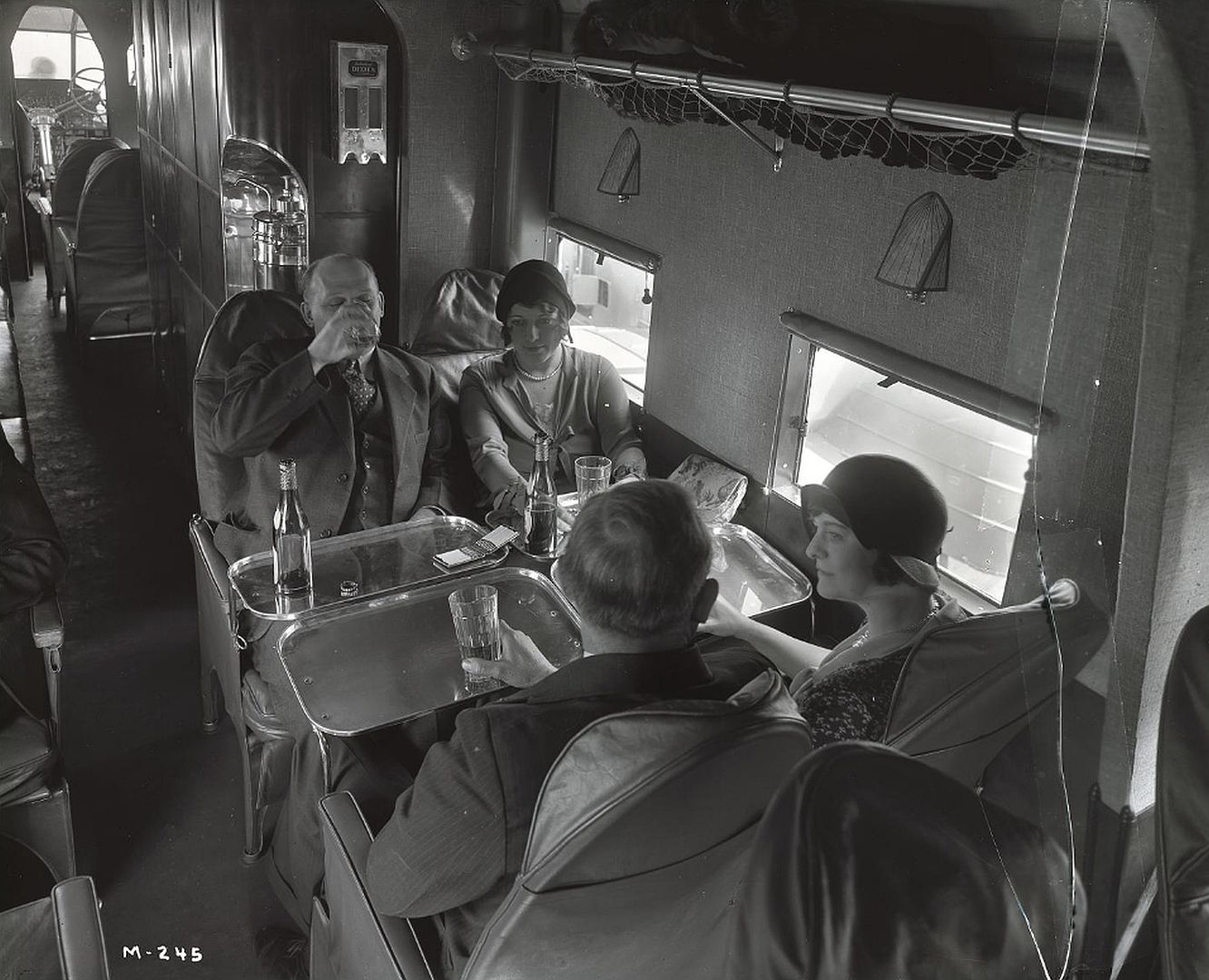

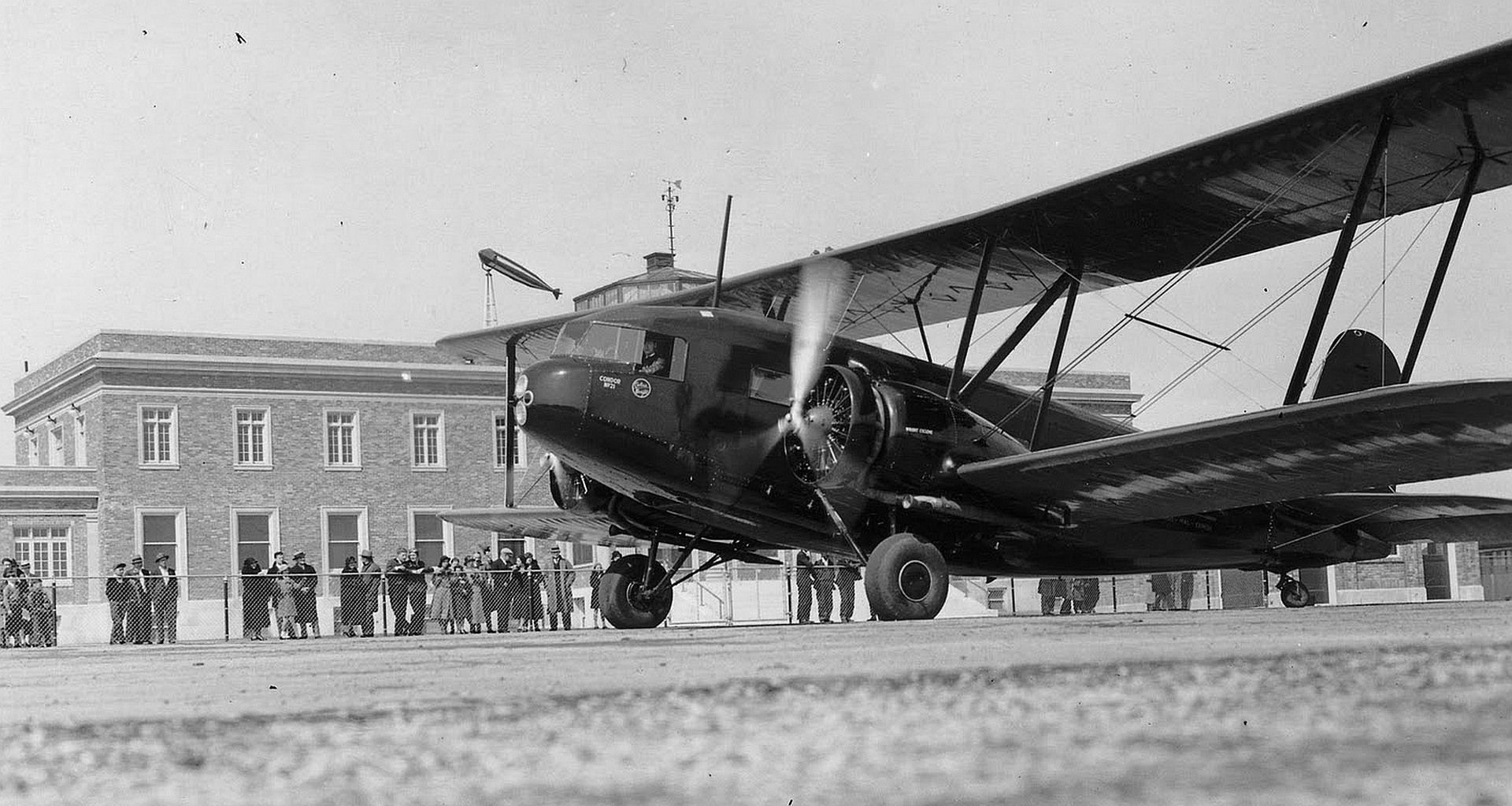
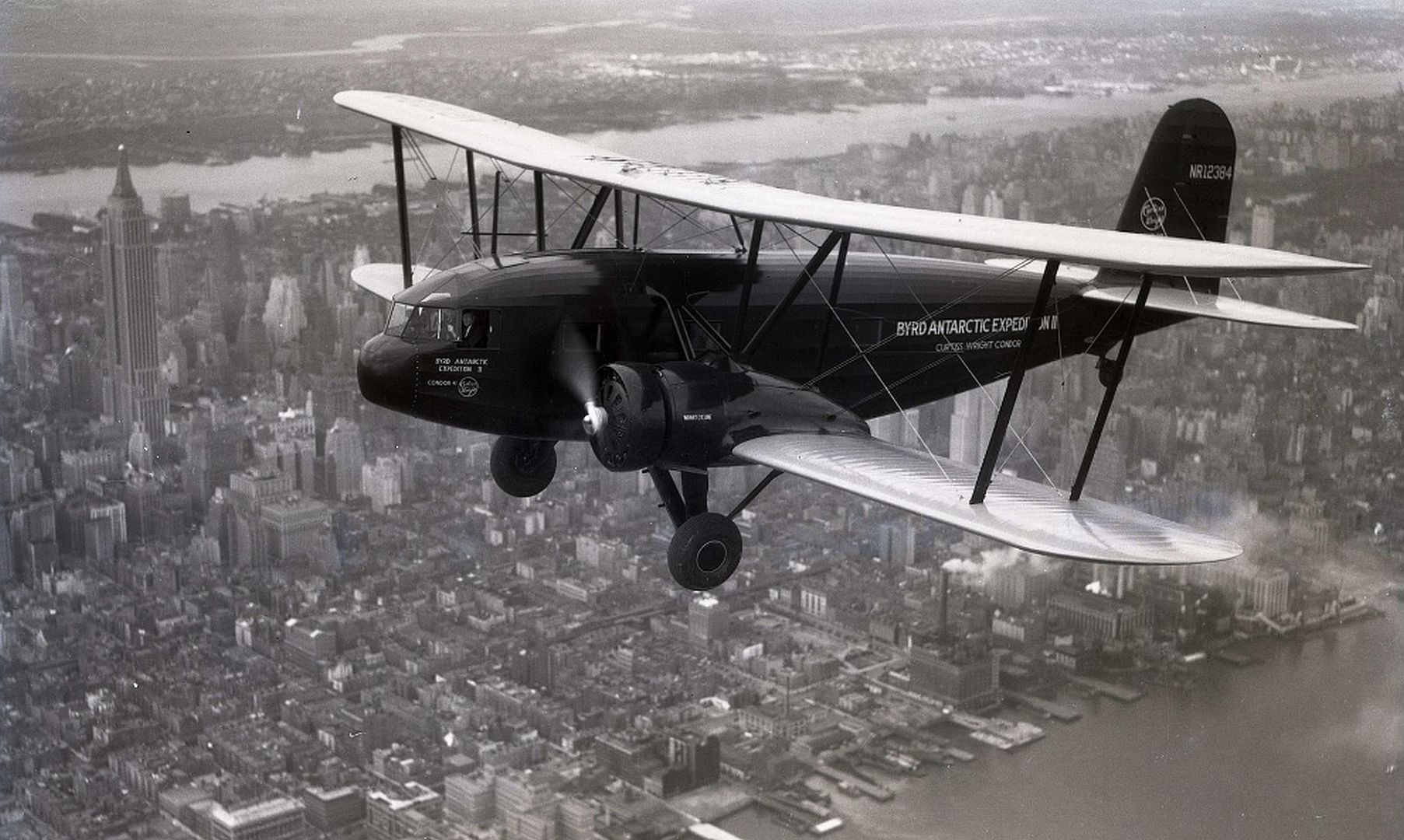
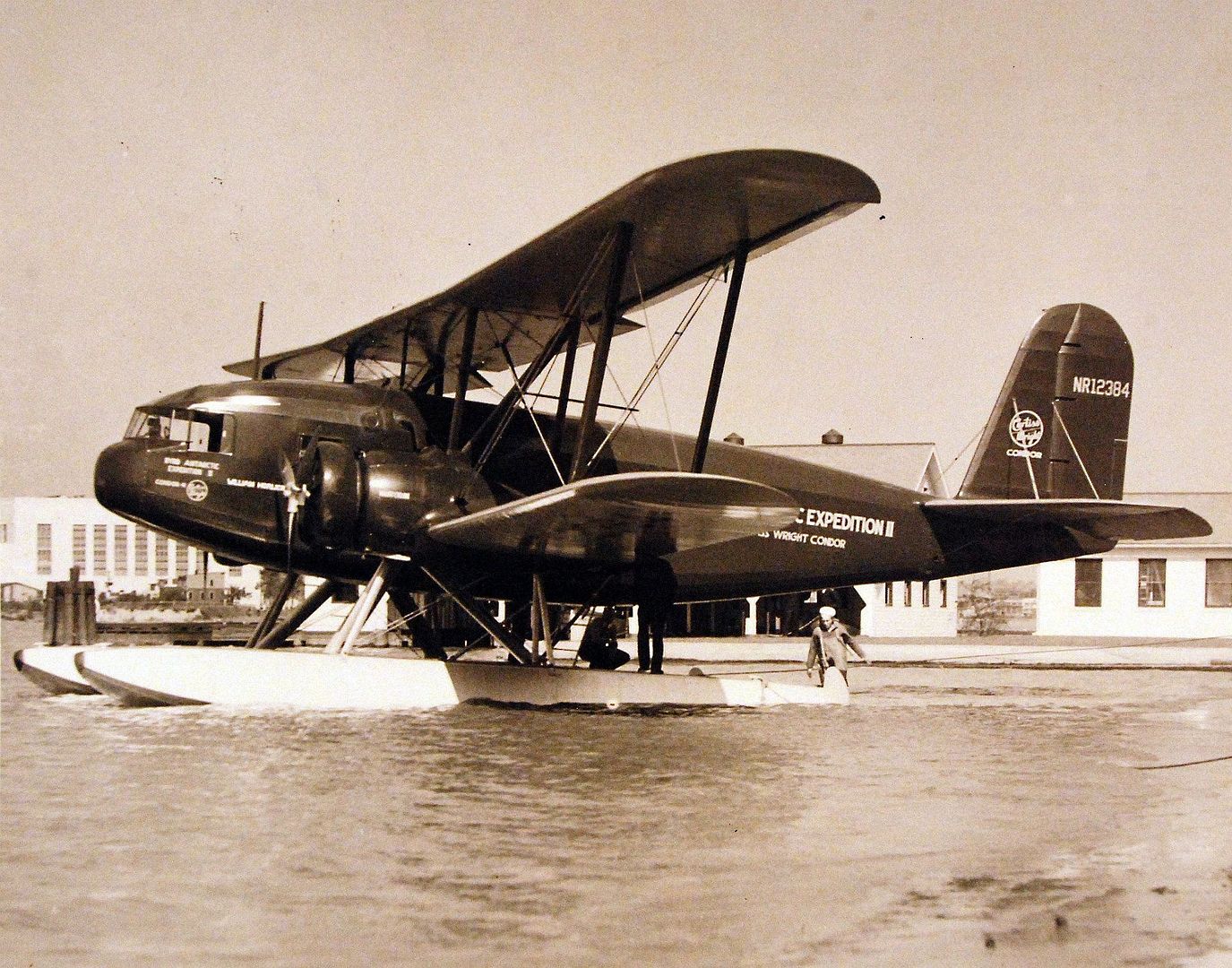

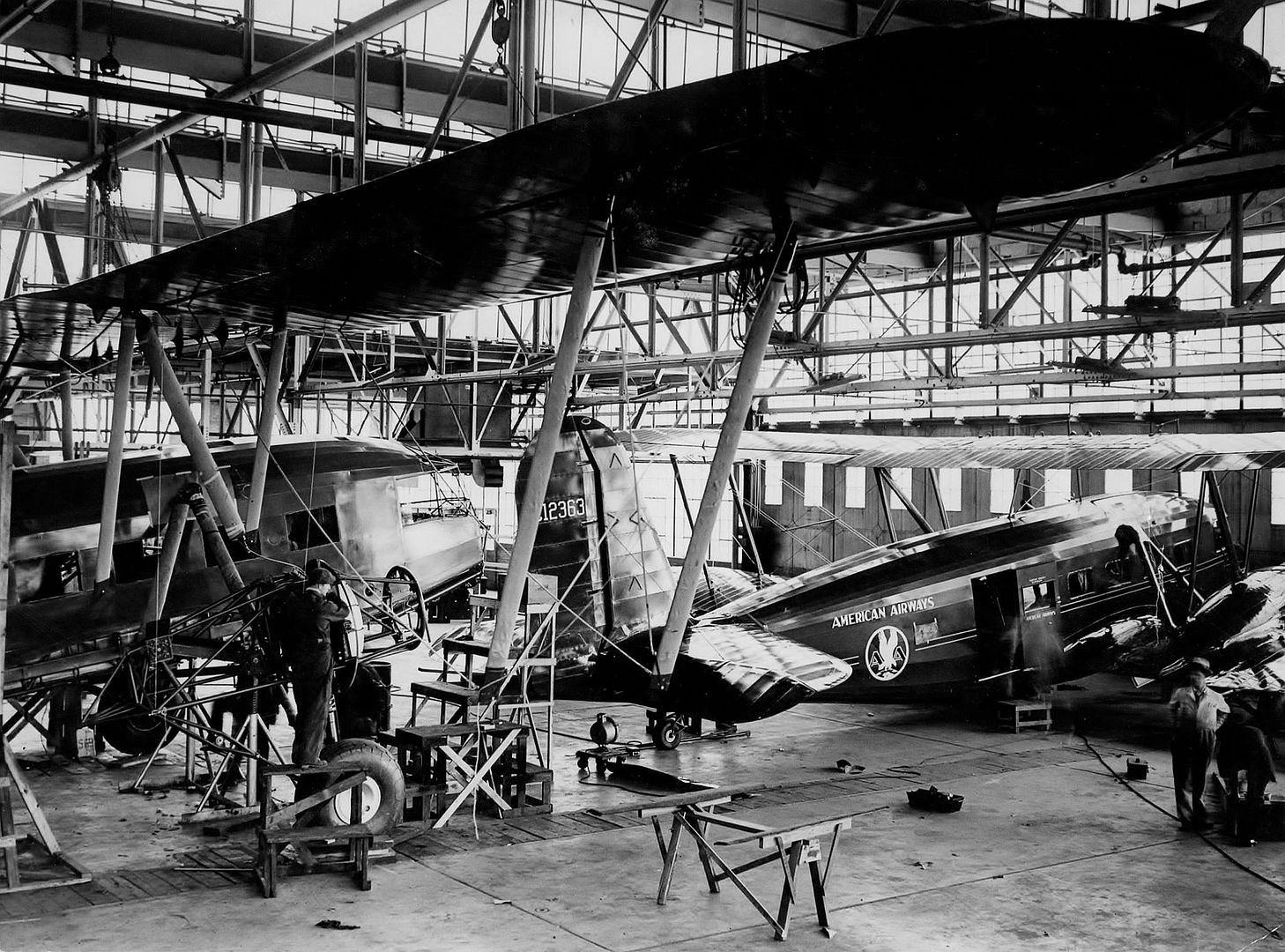
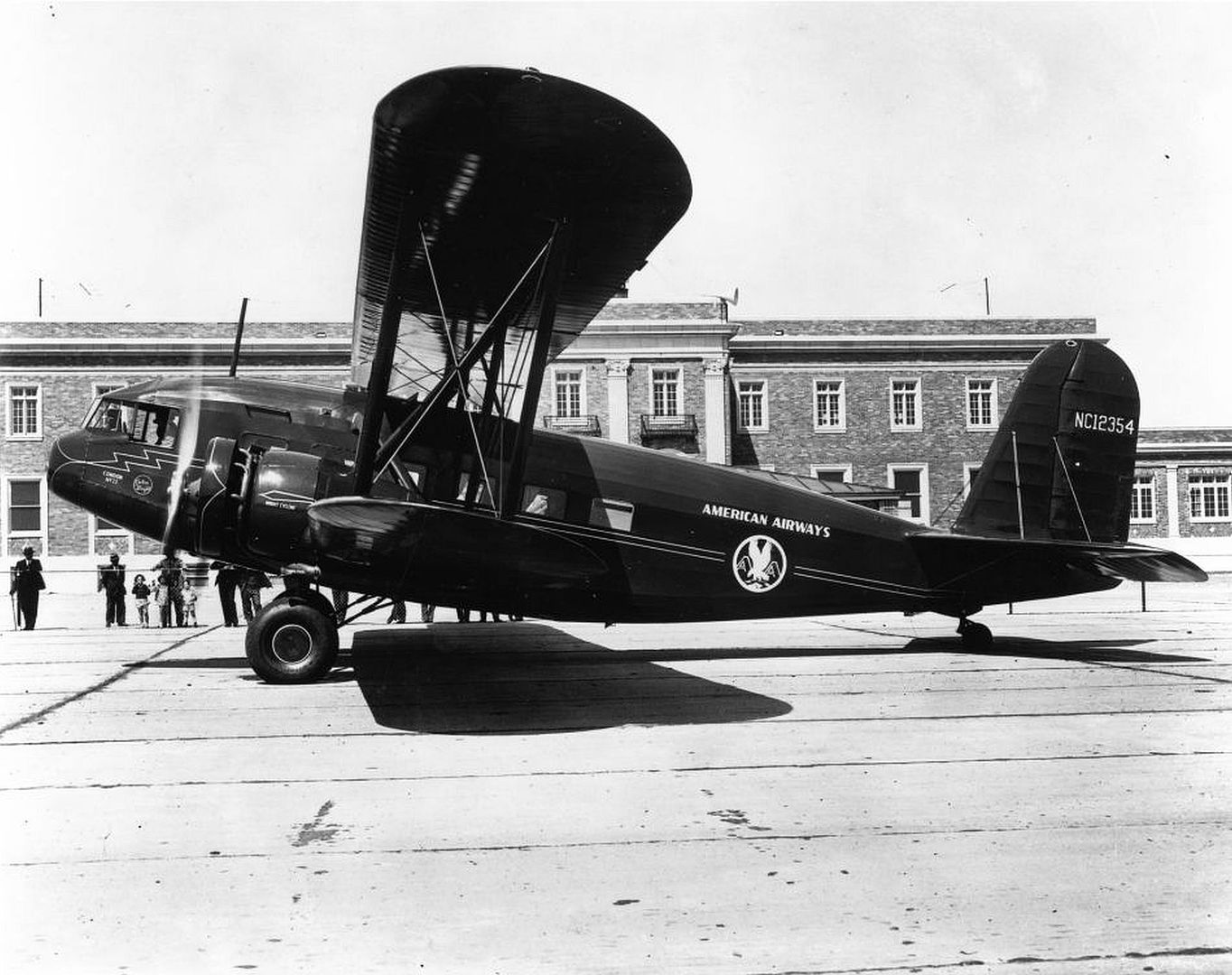
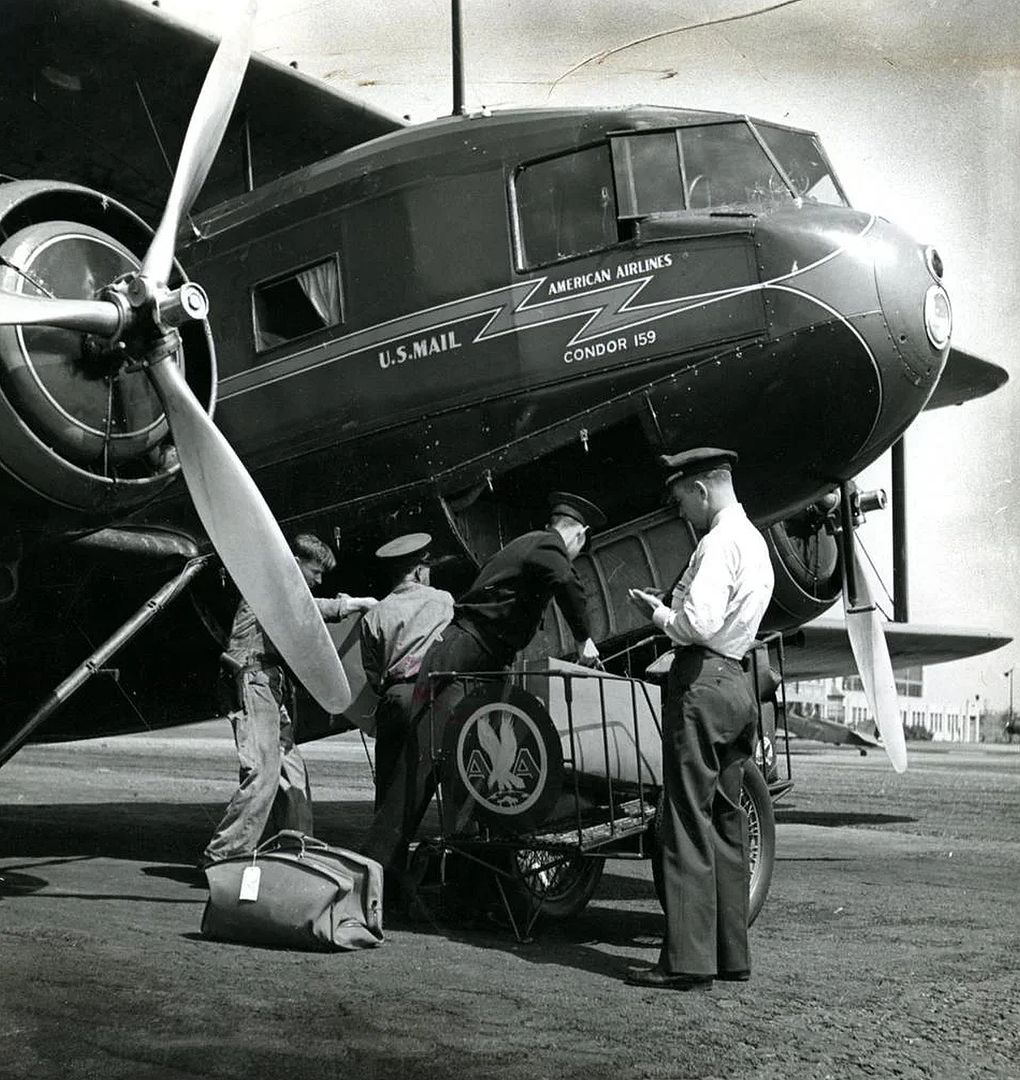

T-32C
Ten T-32s modified to AT-32 standard.
AT-32A
Variant with variable-pitch propellers and 710 hp (529 kW) Wright SGR-1820-F3 Cyclone engines, three built.
AT-32B
An AT-32 variant with 720 hp (537 kW) Wright SGR-1820-F2 Cyclone engines, three built.
AT-32C
An AT-32 variant, one built for Swissair.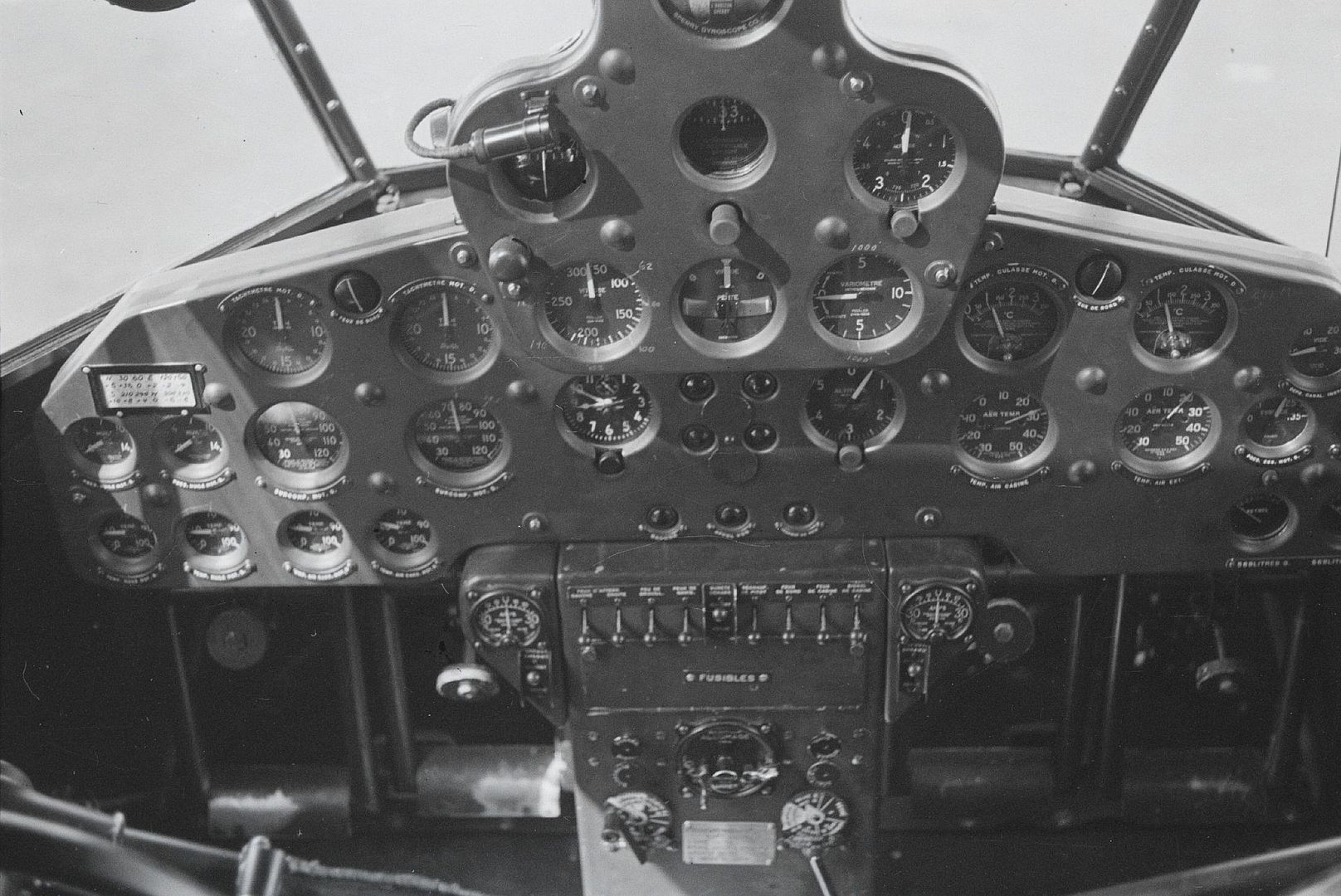
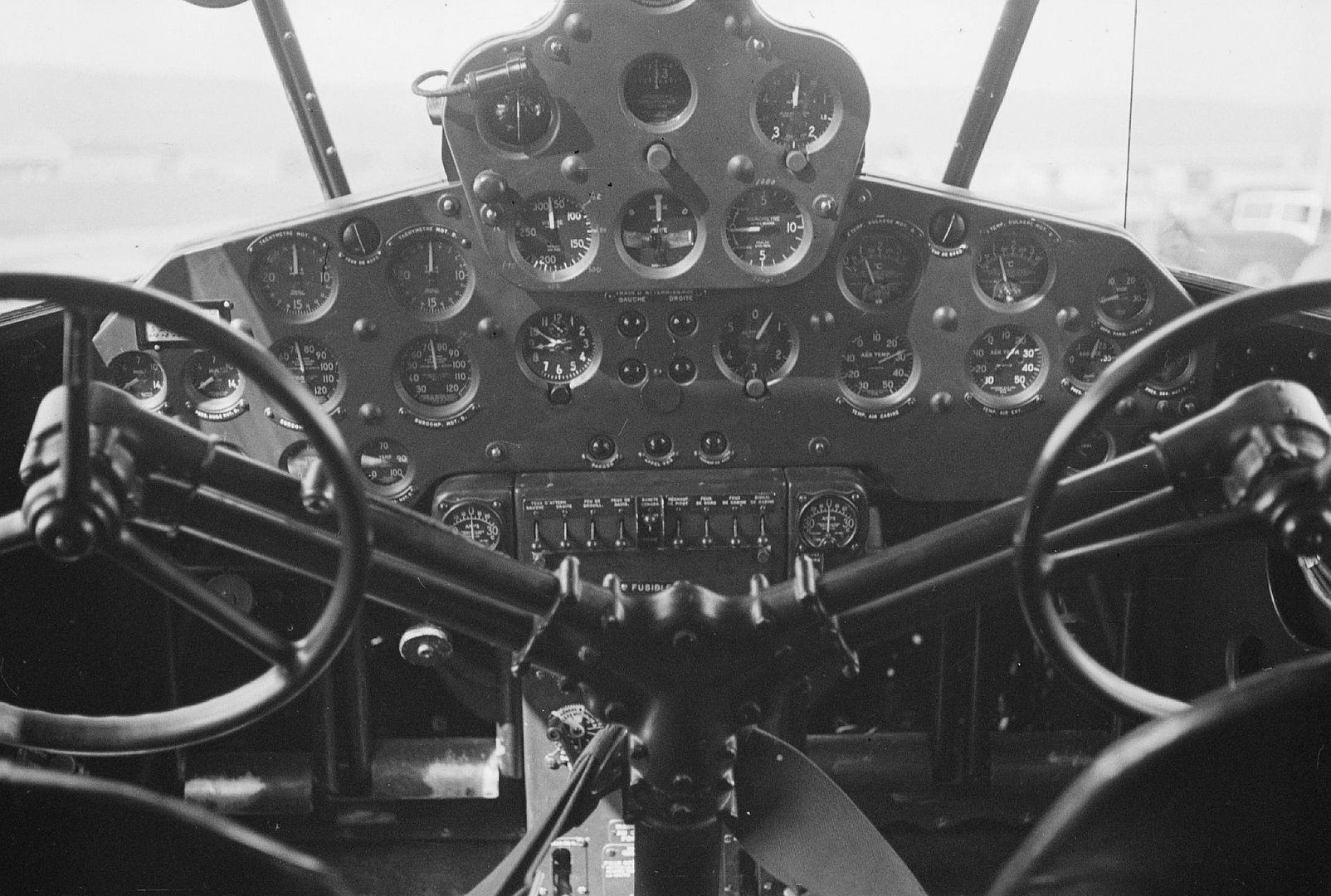
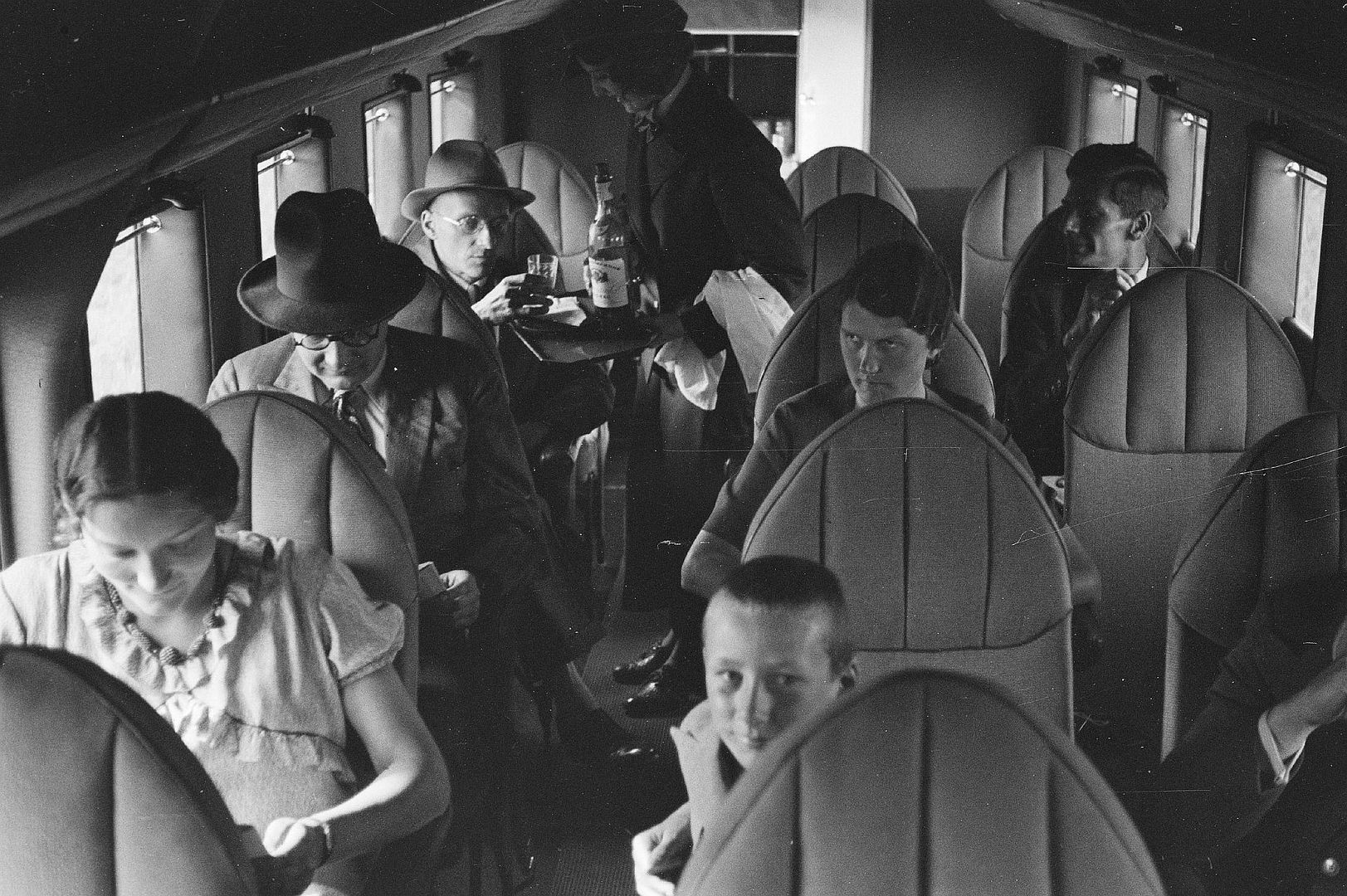
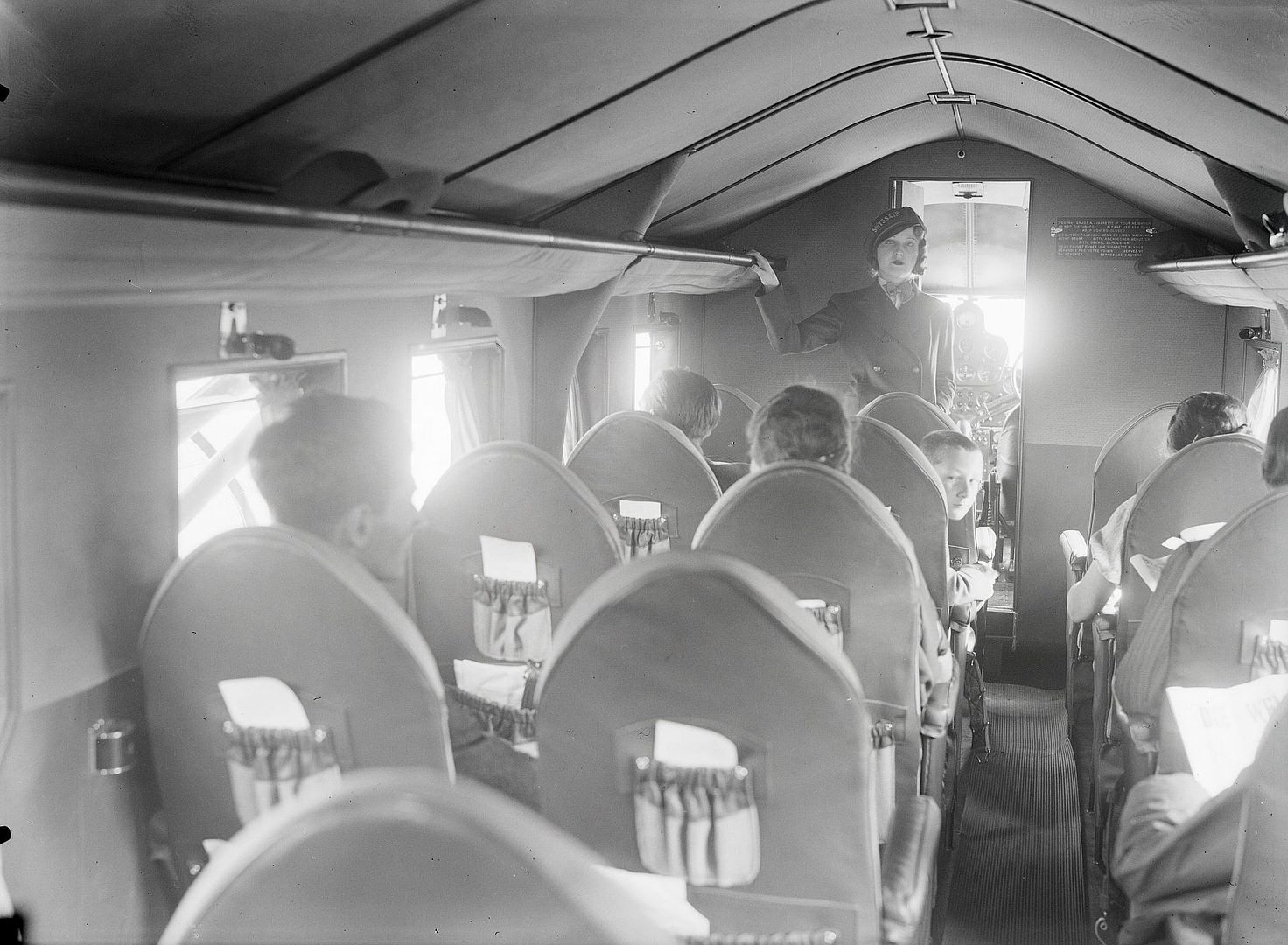
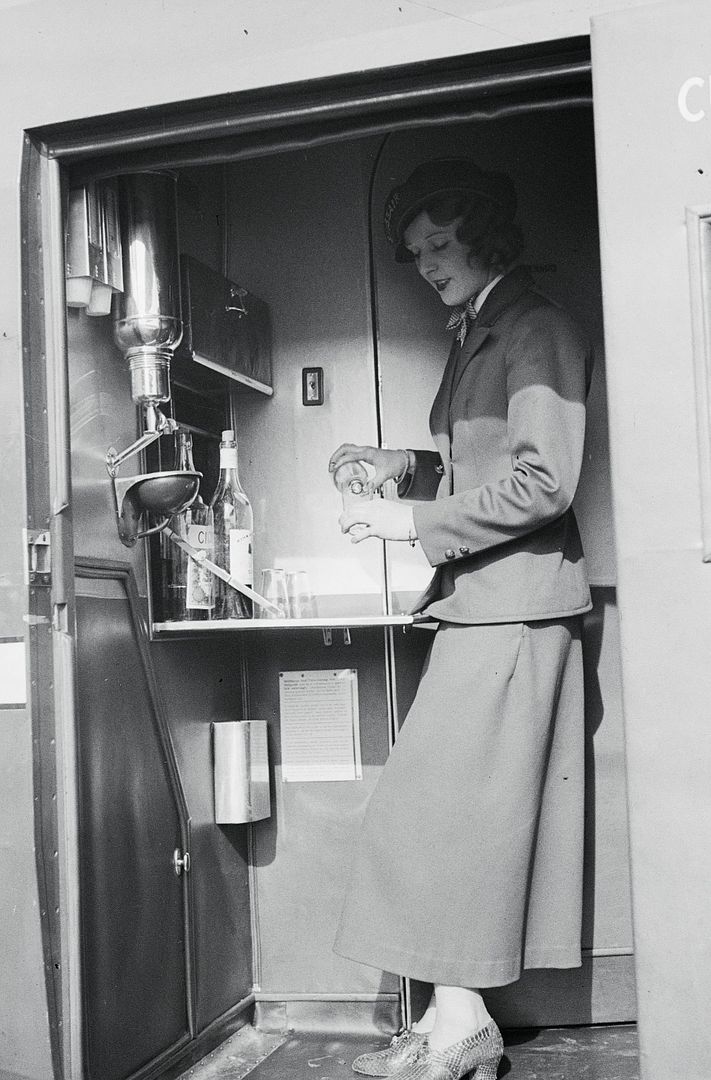
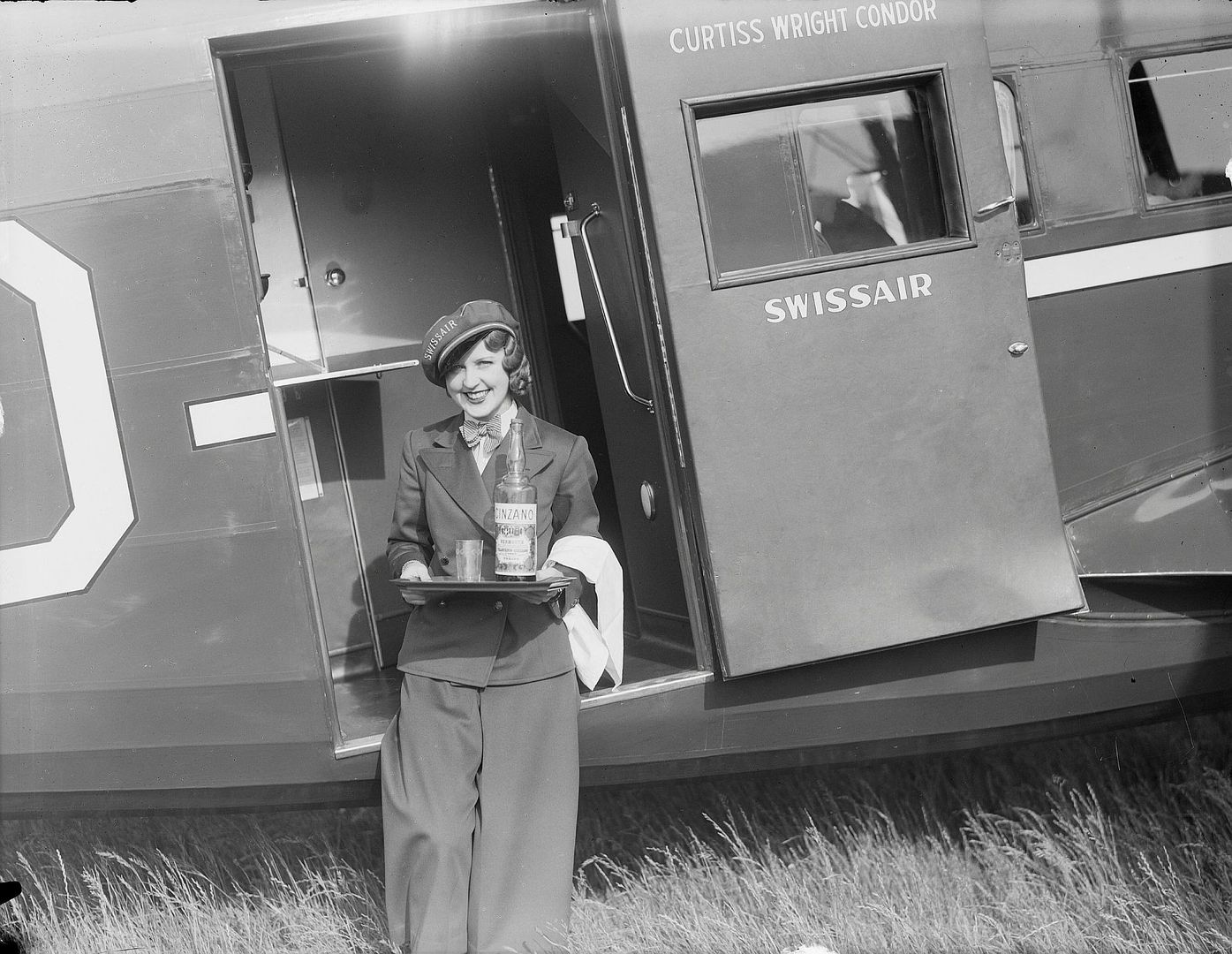

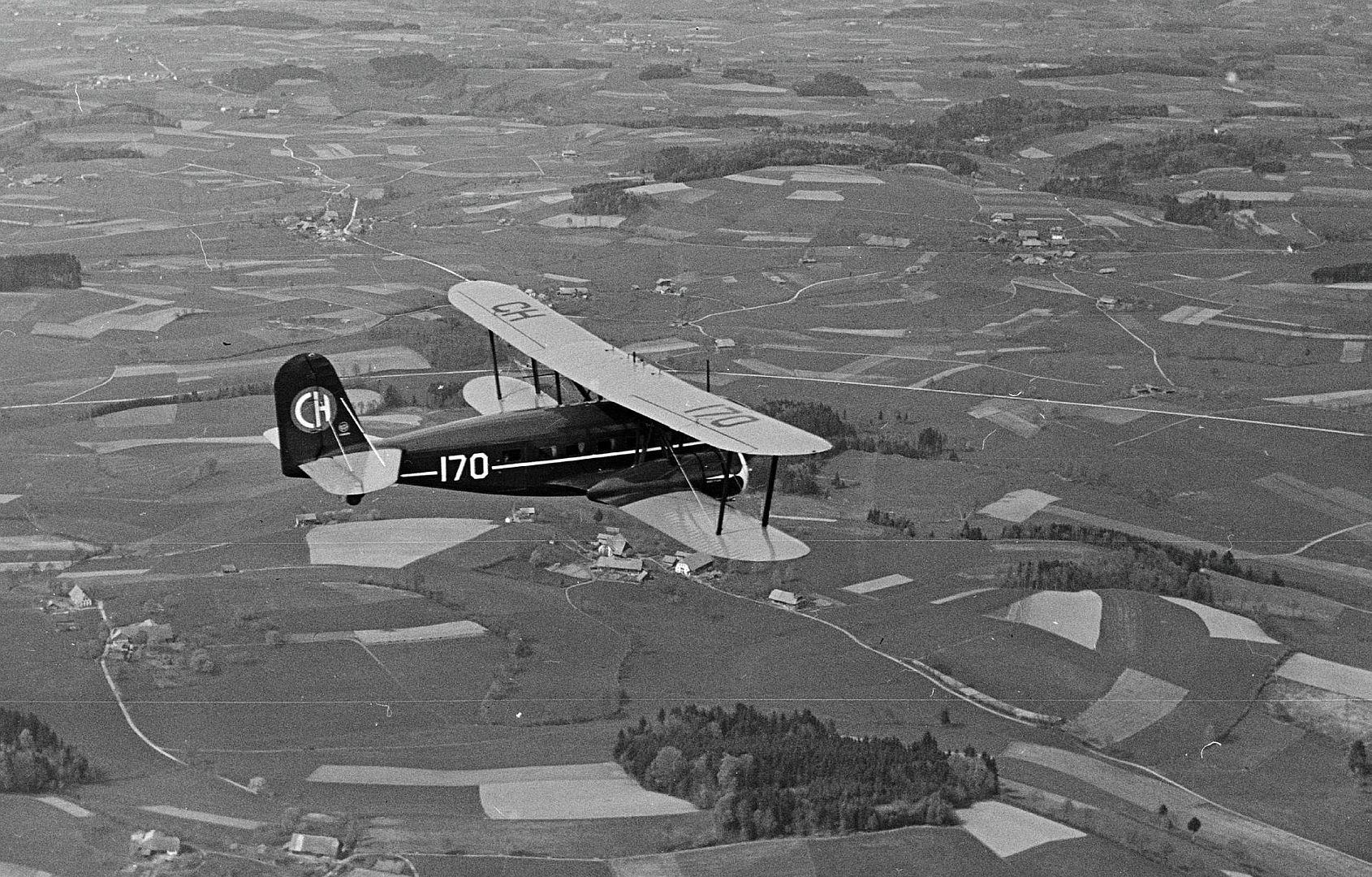
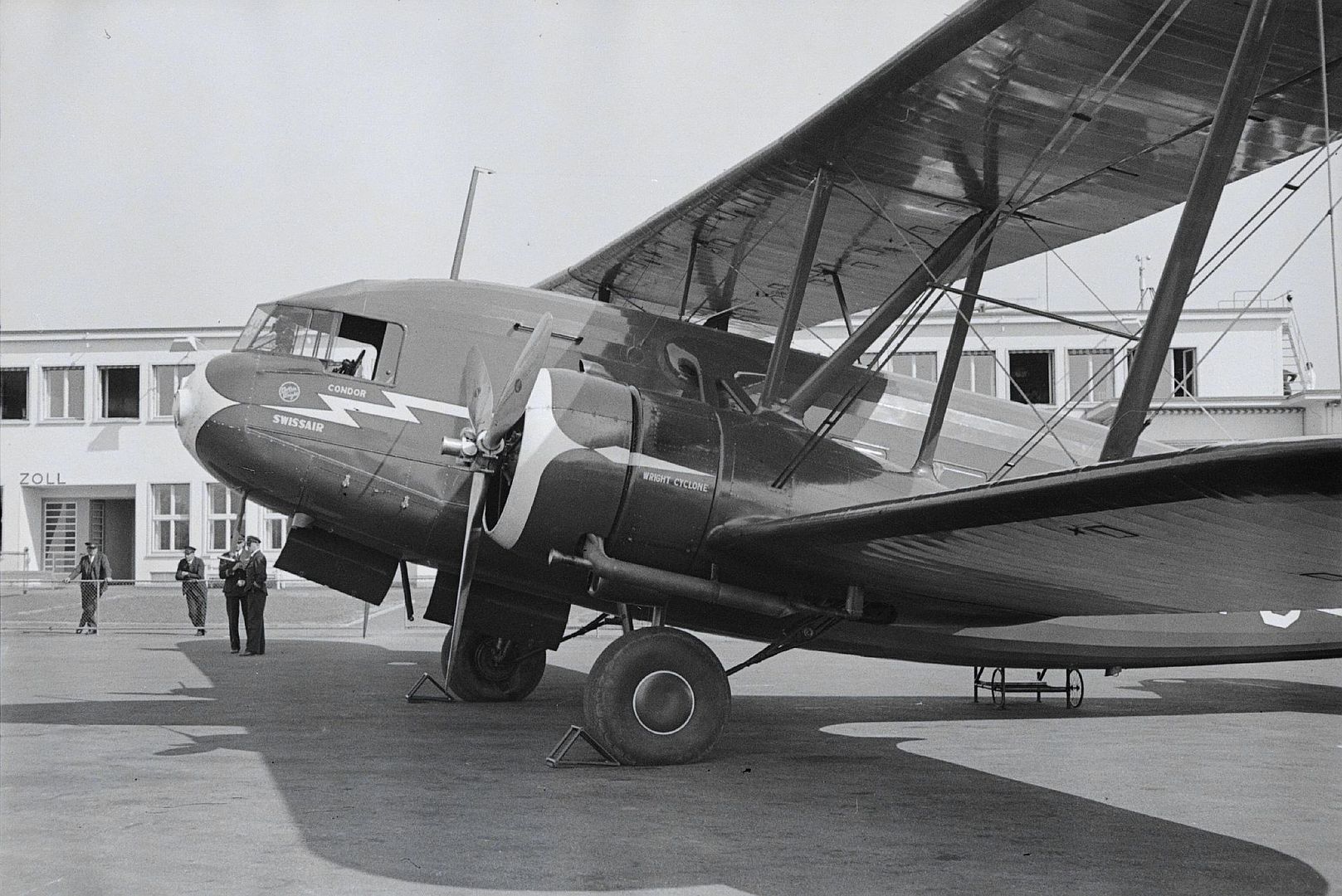
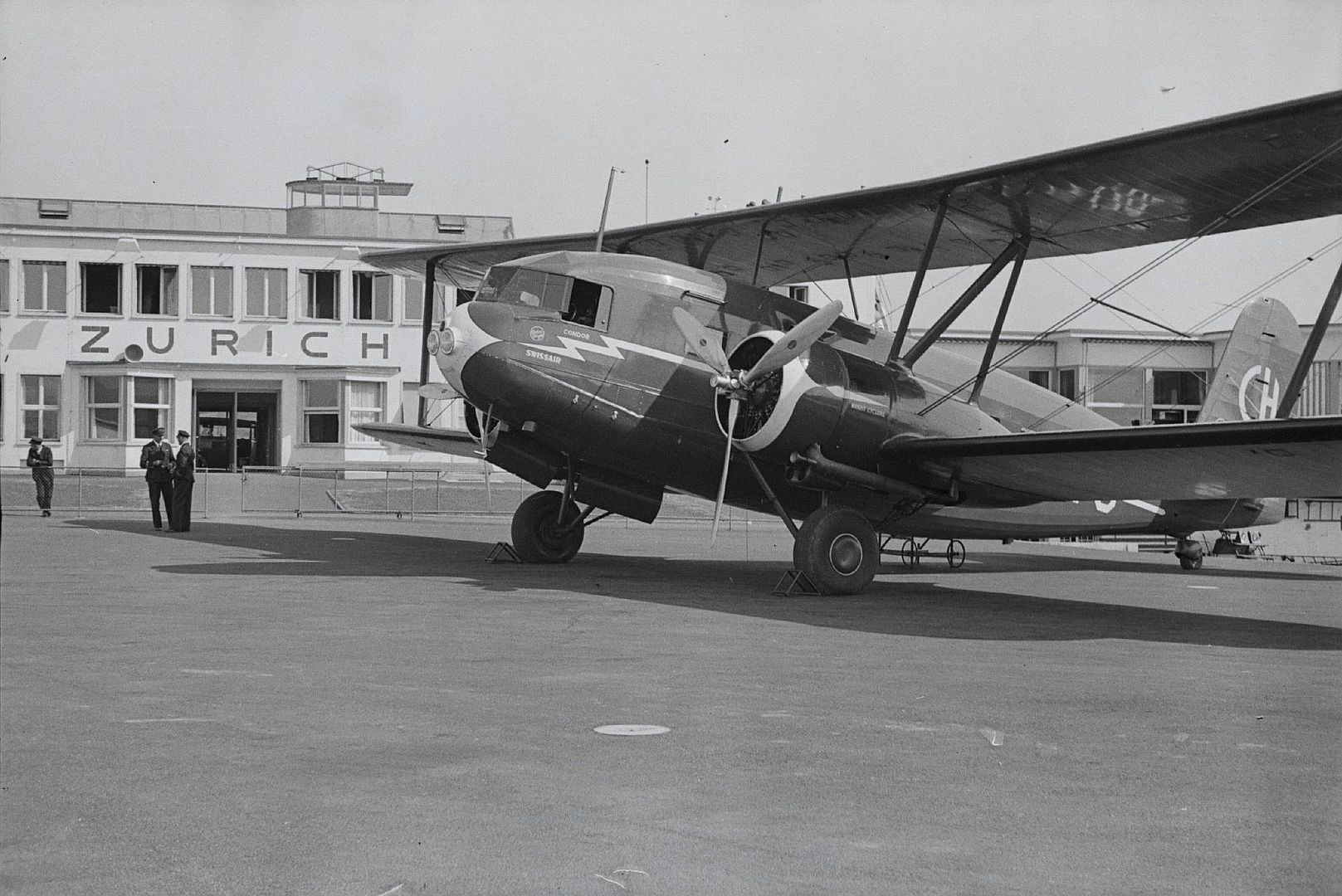
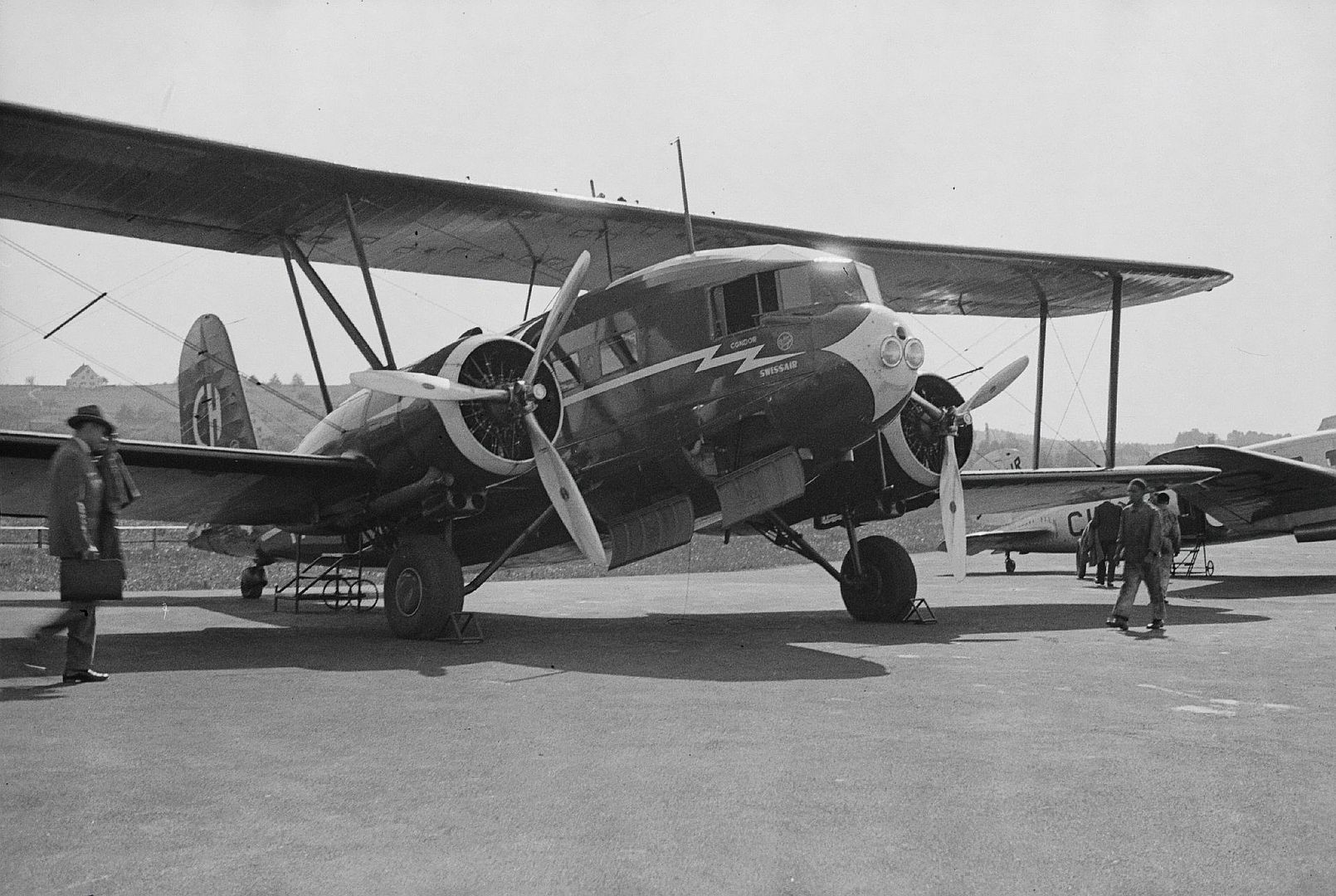

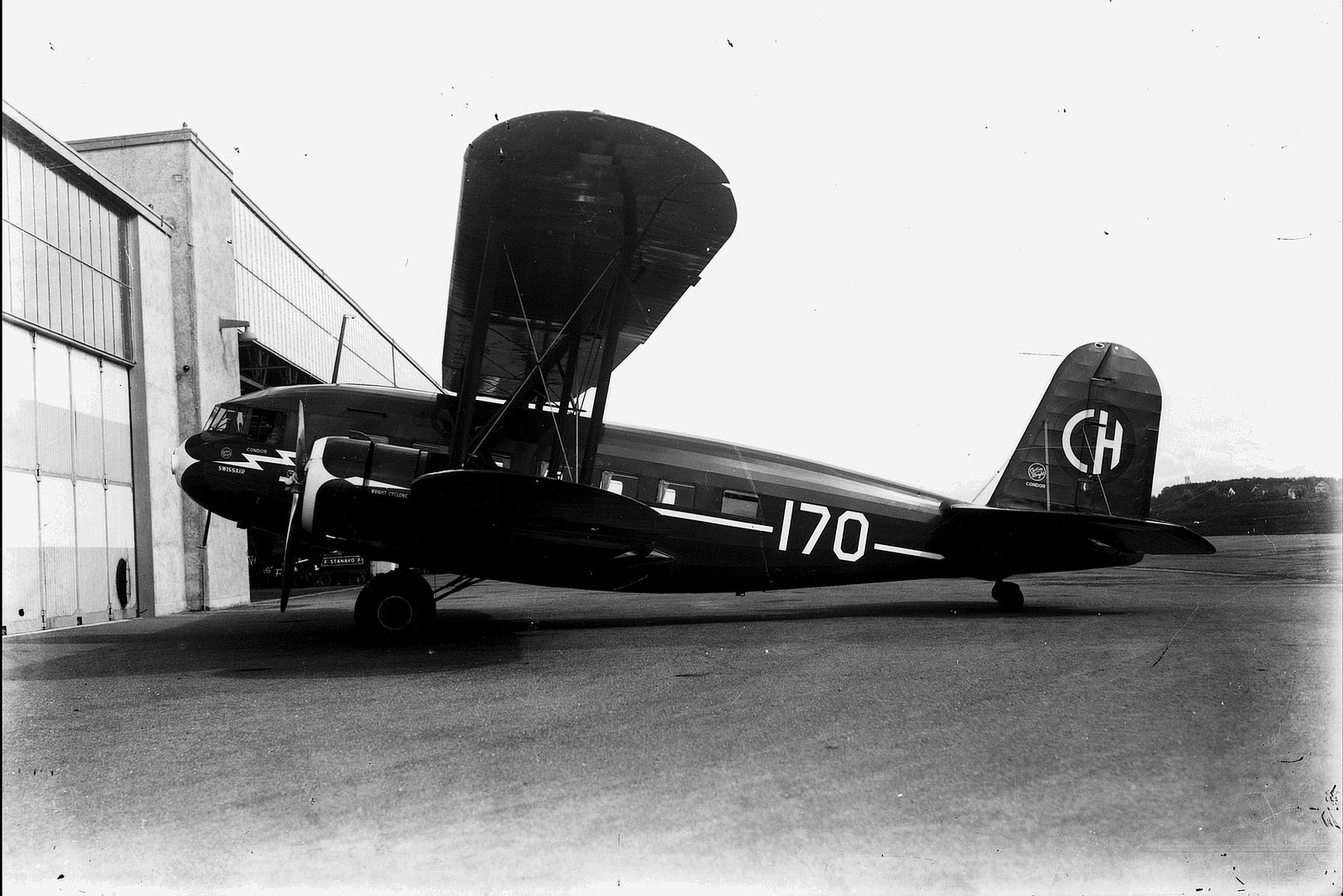
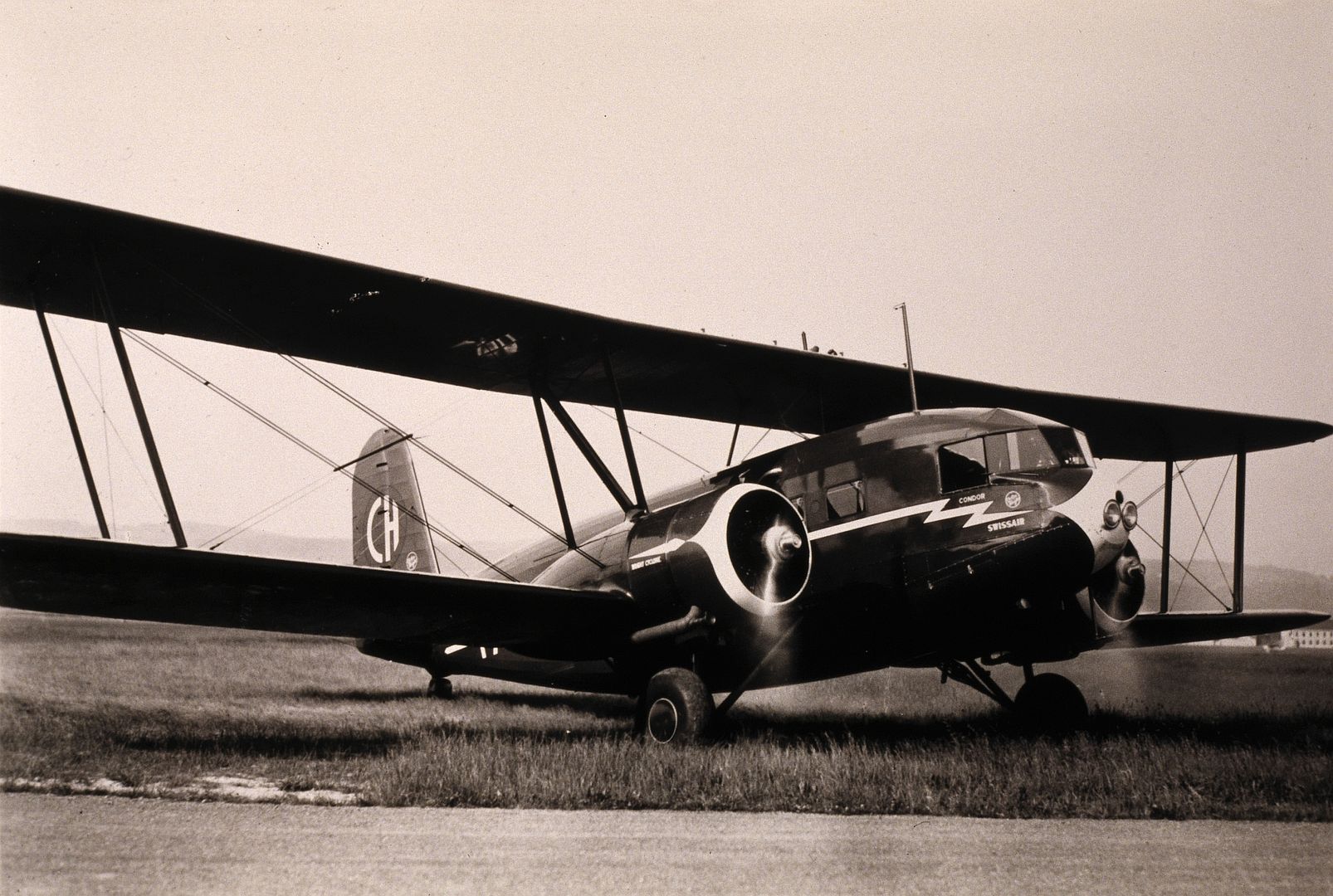
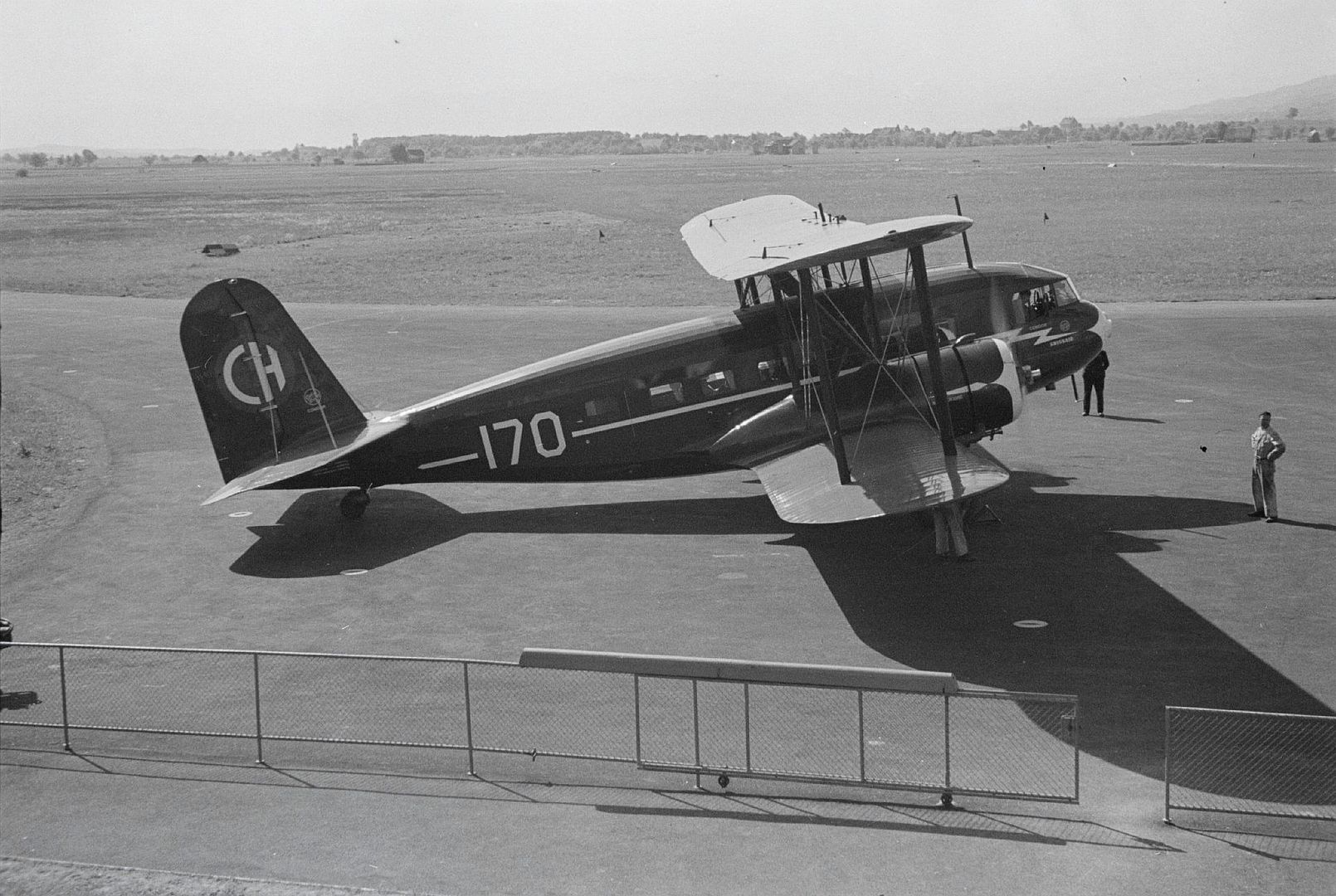
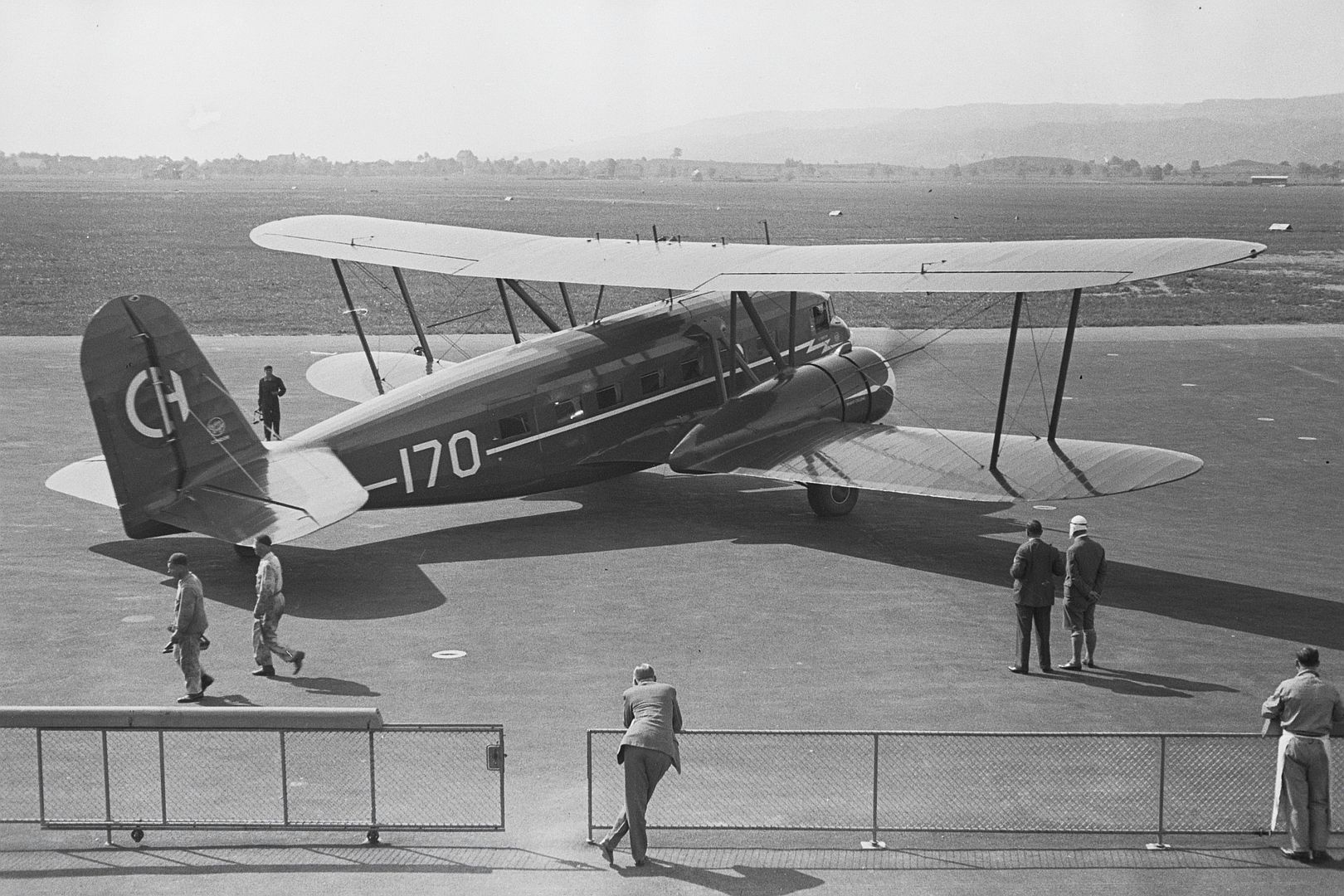
AT-32D
An AT-32 variant with 720 hp (537 kW) Wright SGR-1820-F3 Cyclone engines, one built.
AT-32E
AT-32 variant for the United States Navy as the R4C-1, two built.
BT-32
Bomber variant, eight built.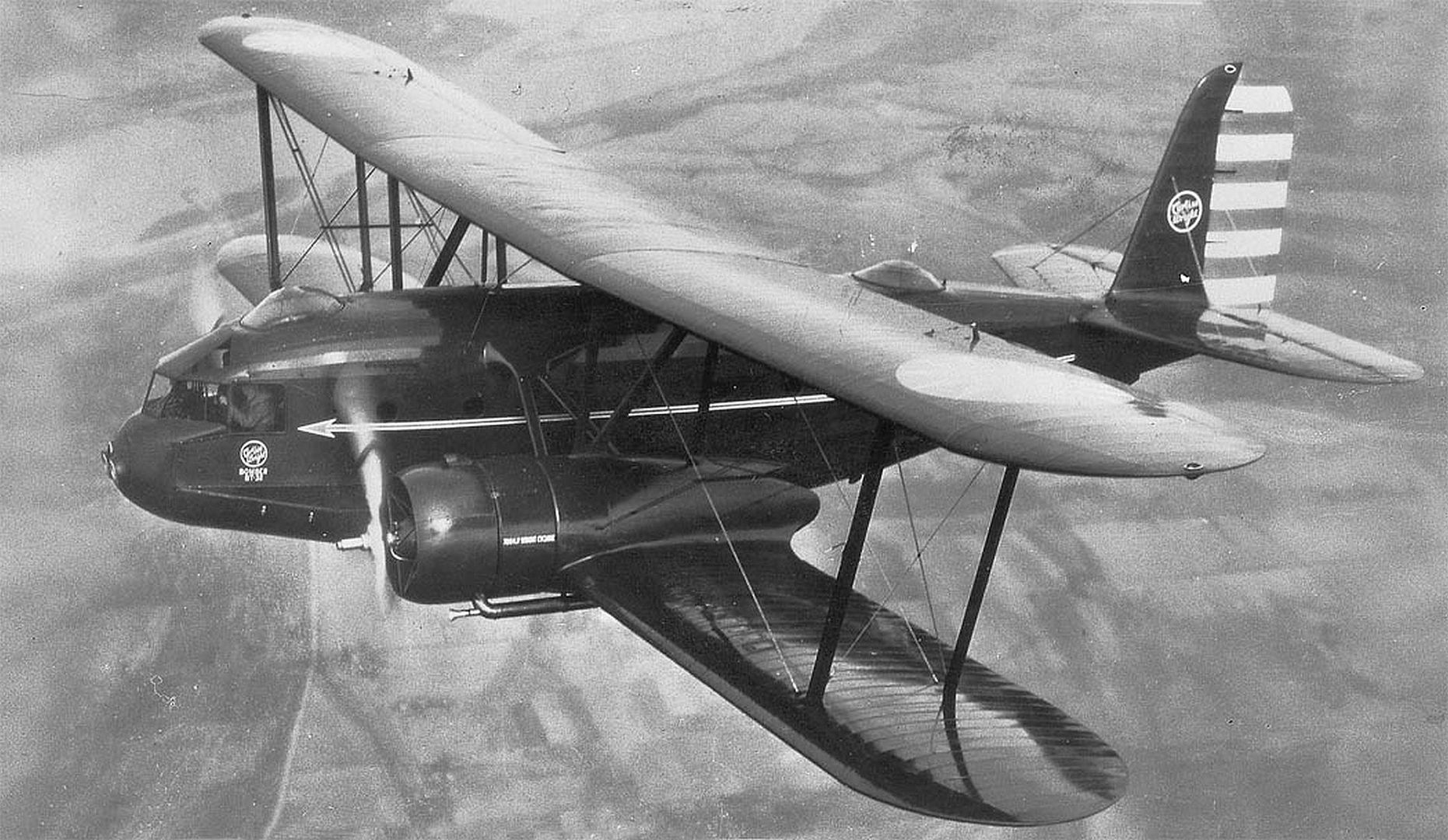
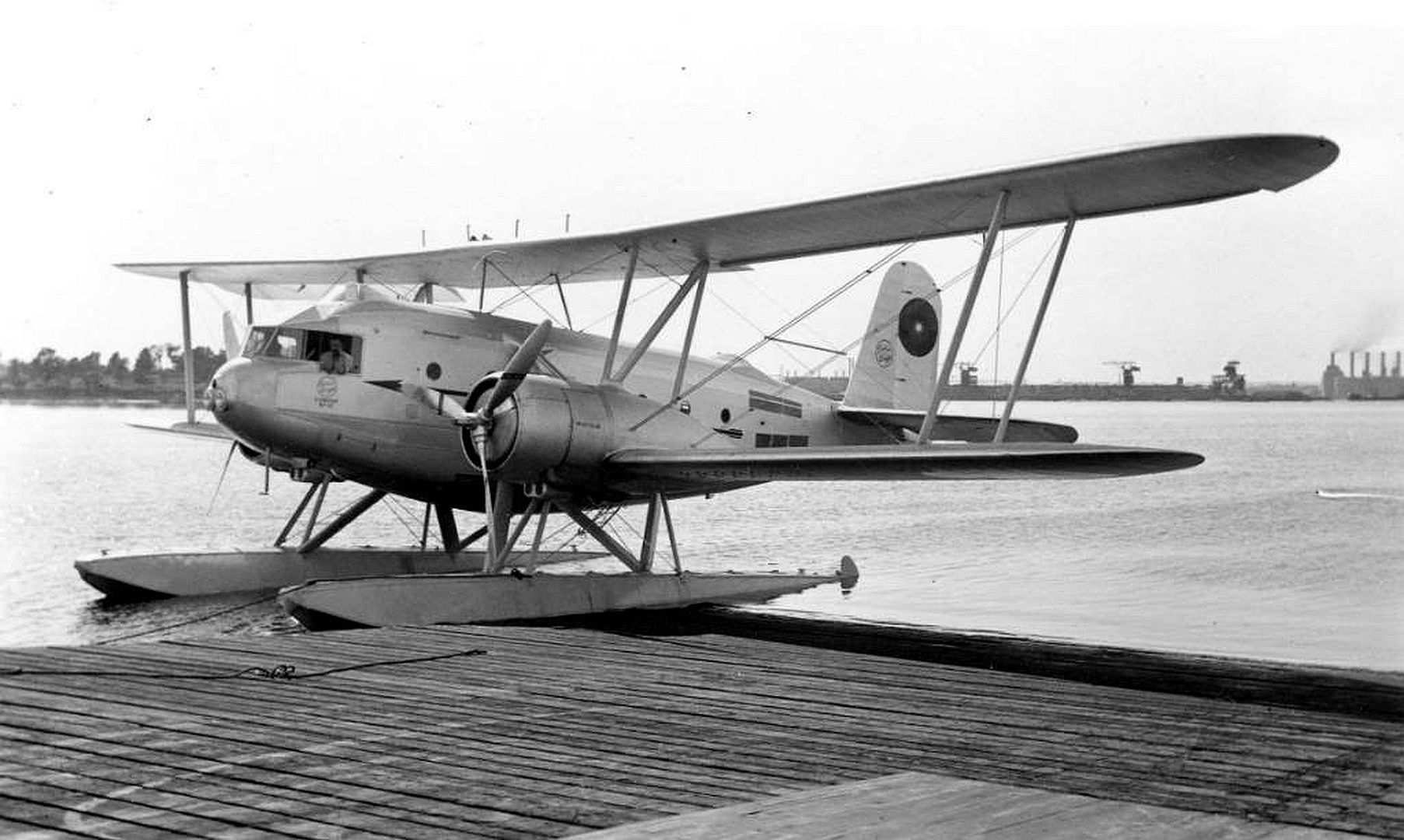
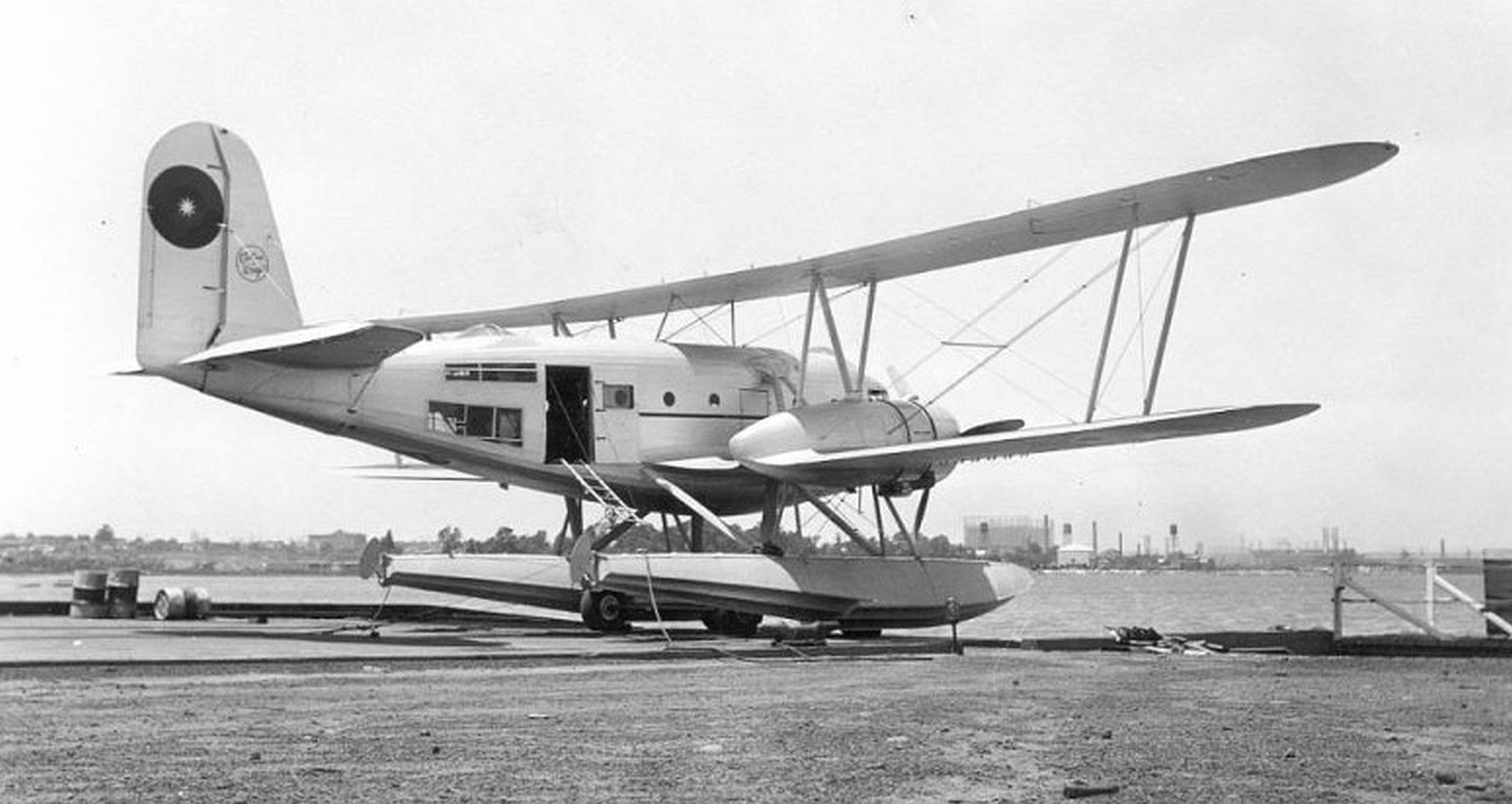
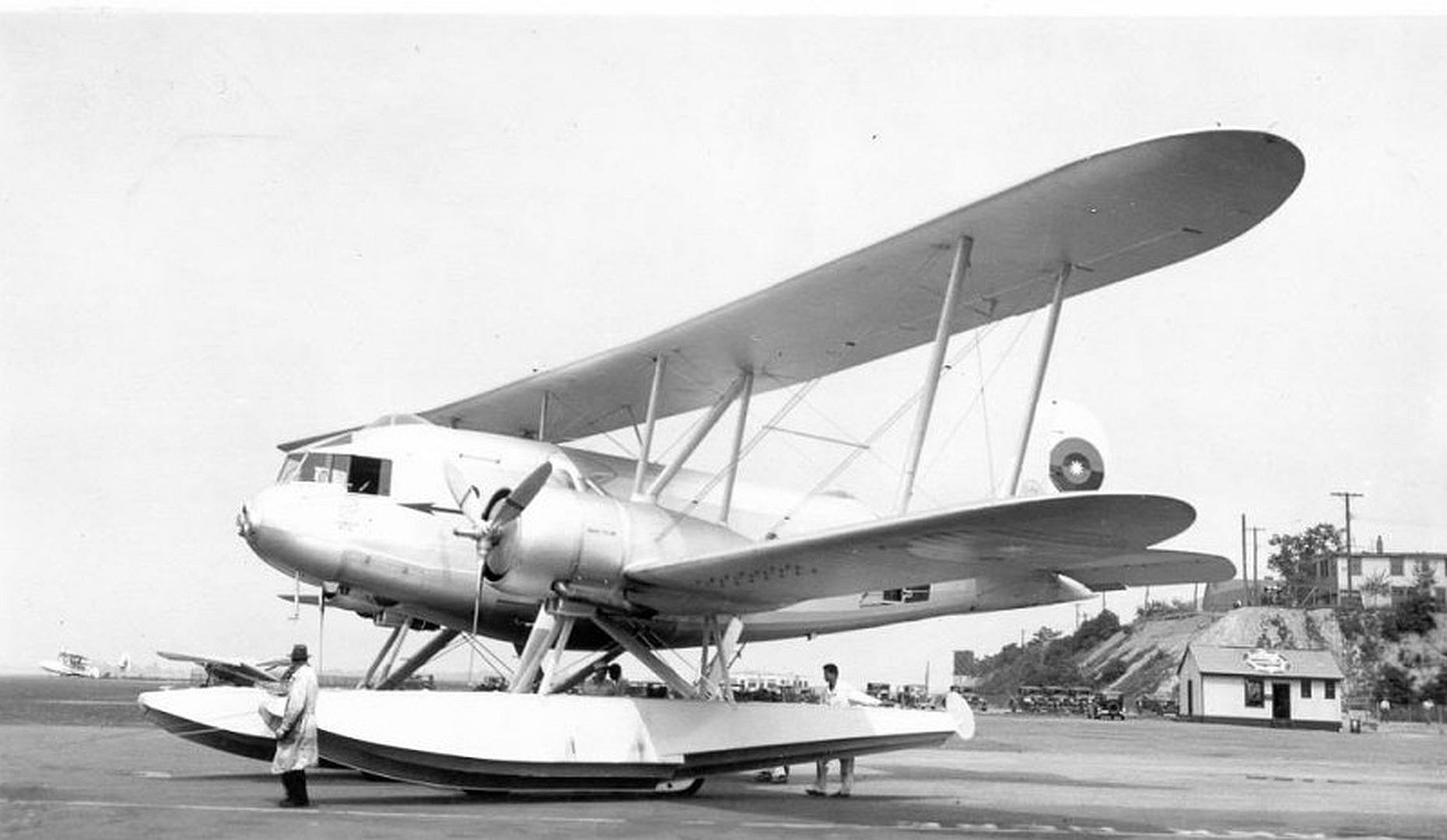
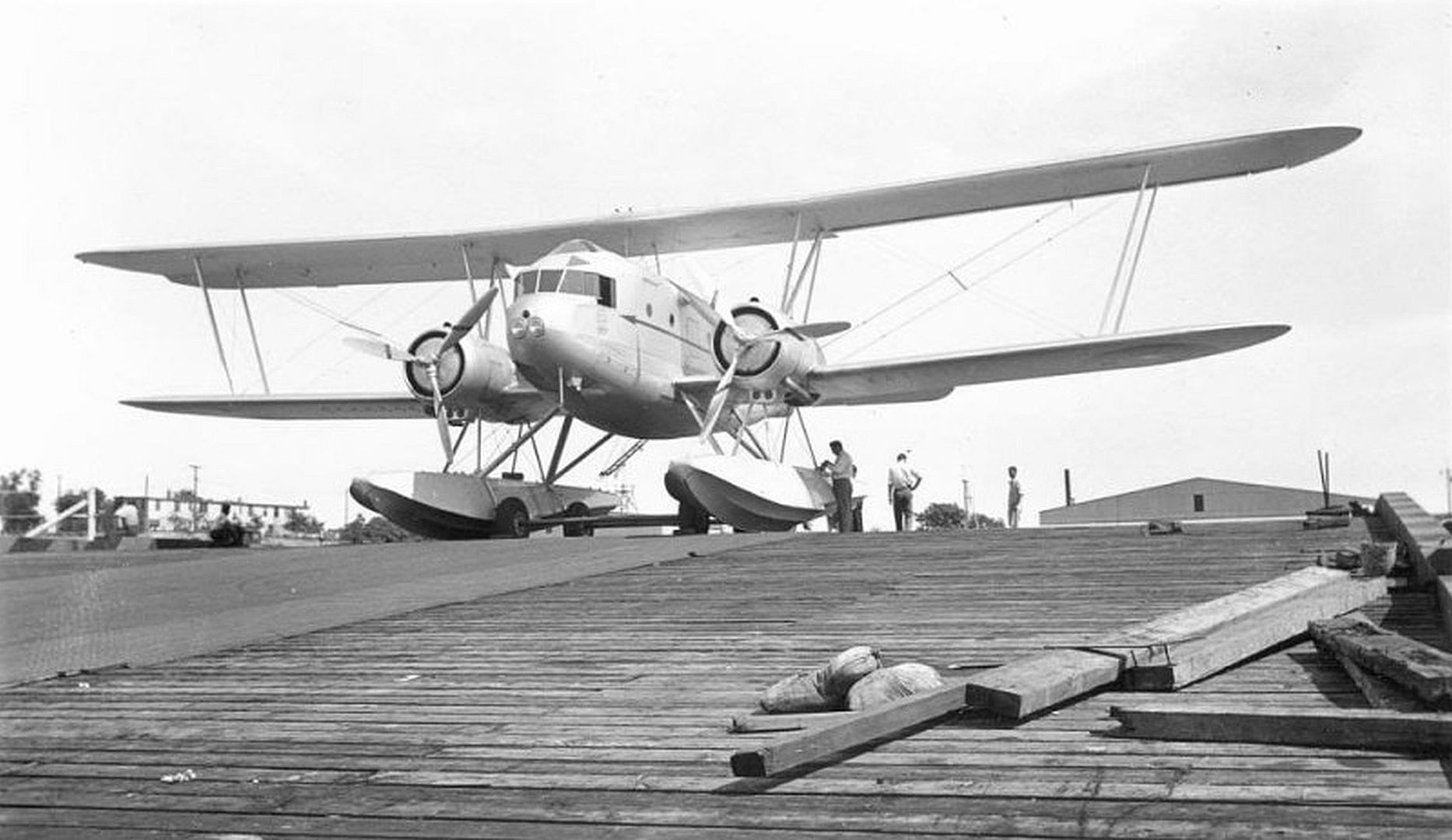
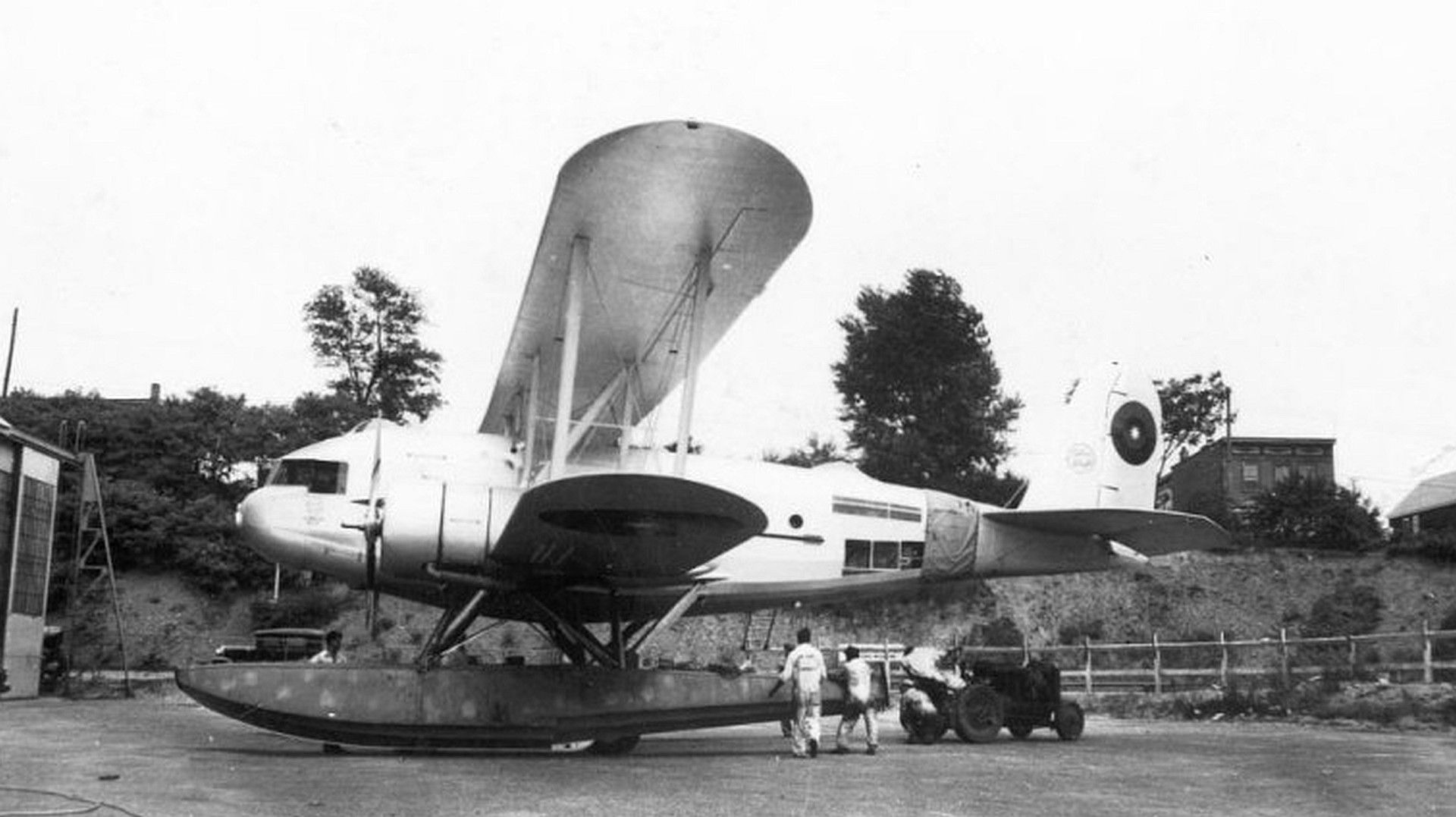
CT-32
Military cargo variant with large cargo door, three built.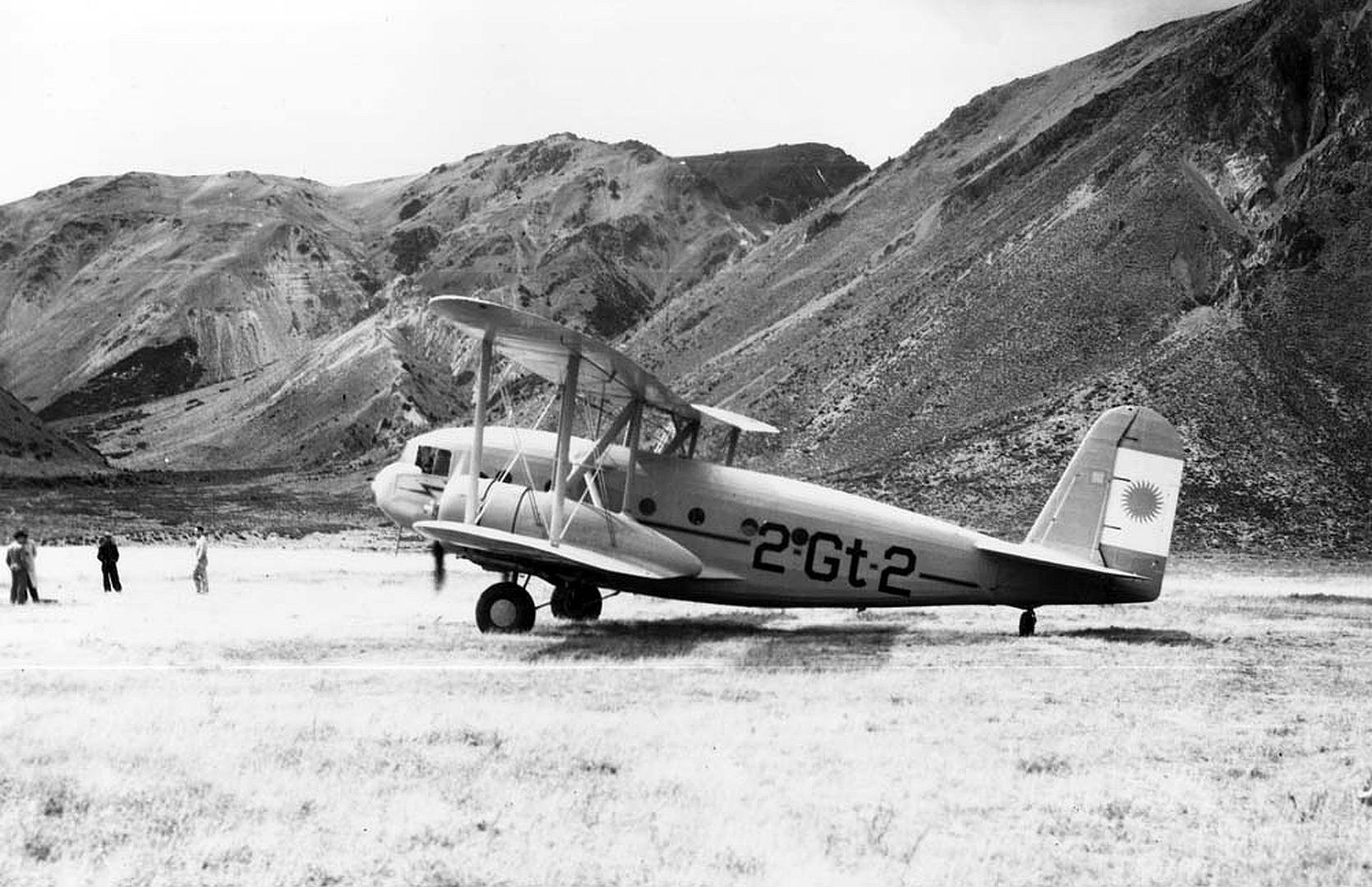
YC-30
United States Army Air Corps designation for two T-32s.

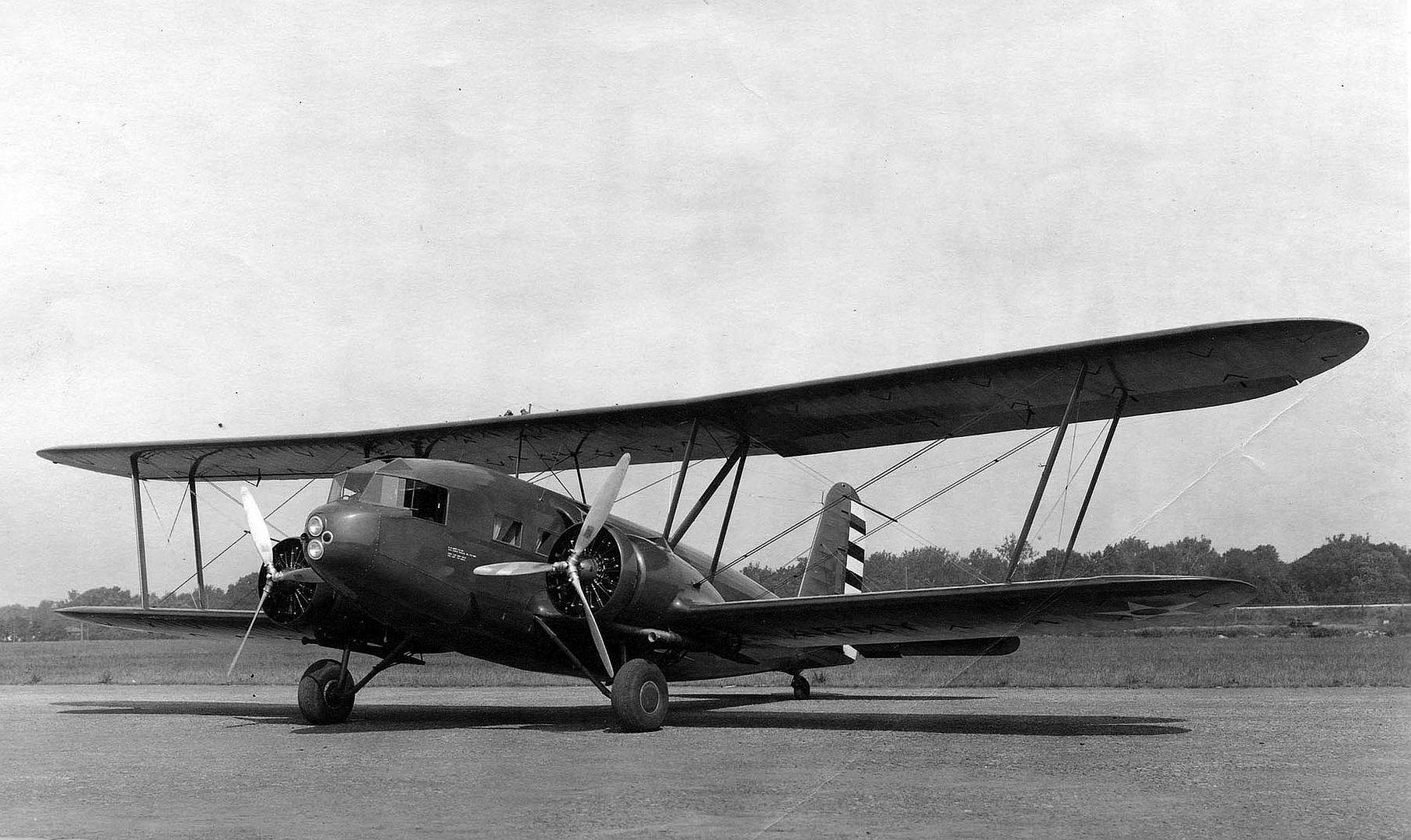
R4C-1
United States Navy designation for two AT-32Es (one for United States Marine Corps) both later to the United States Antarctic Survey.
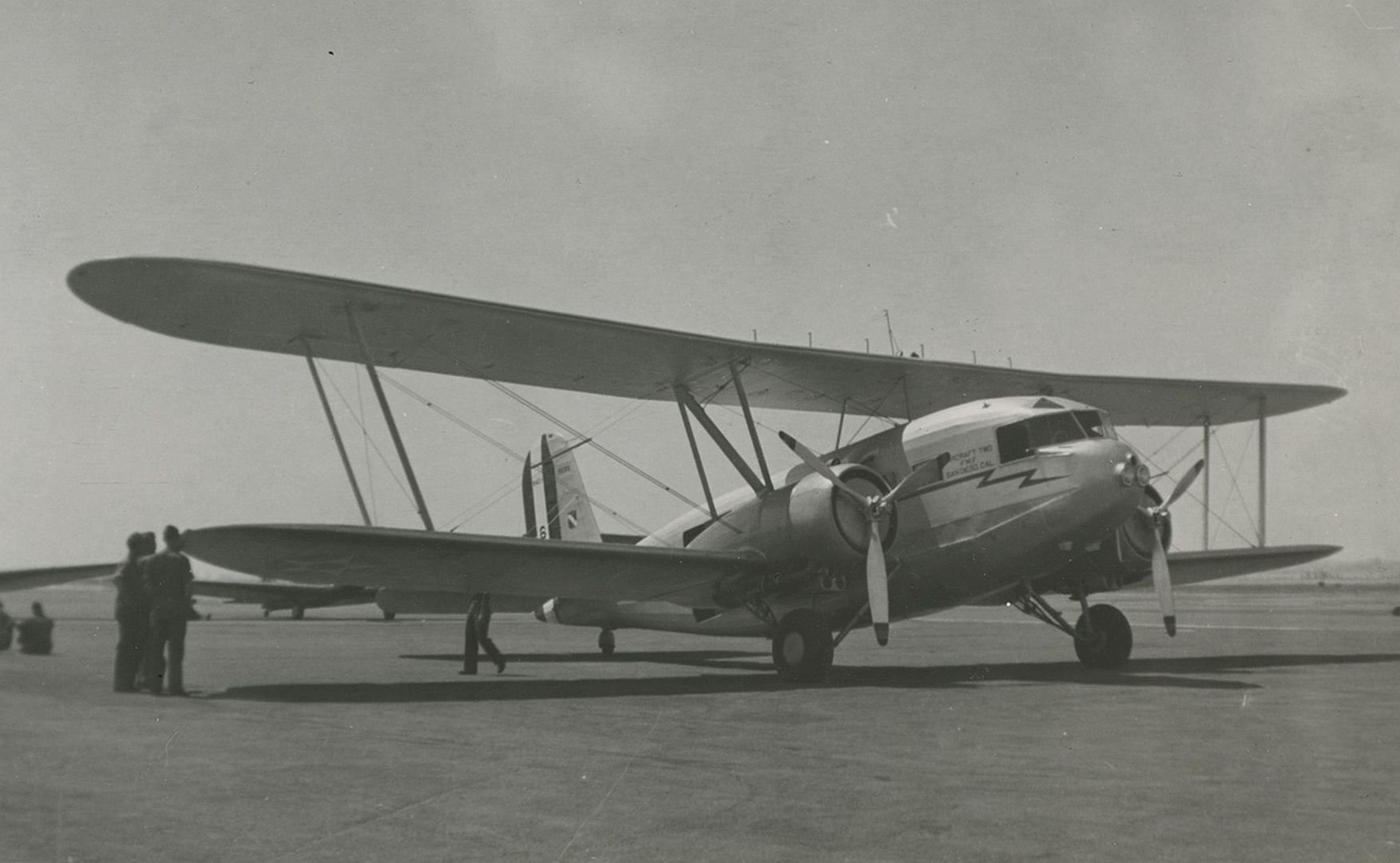
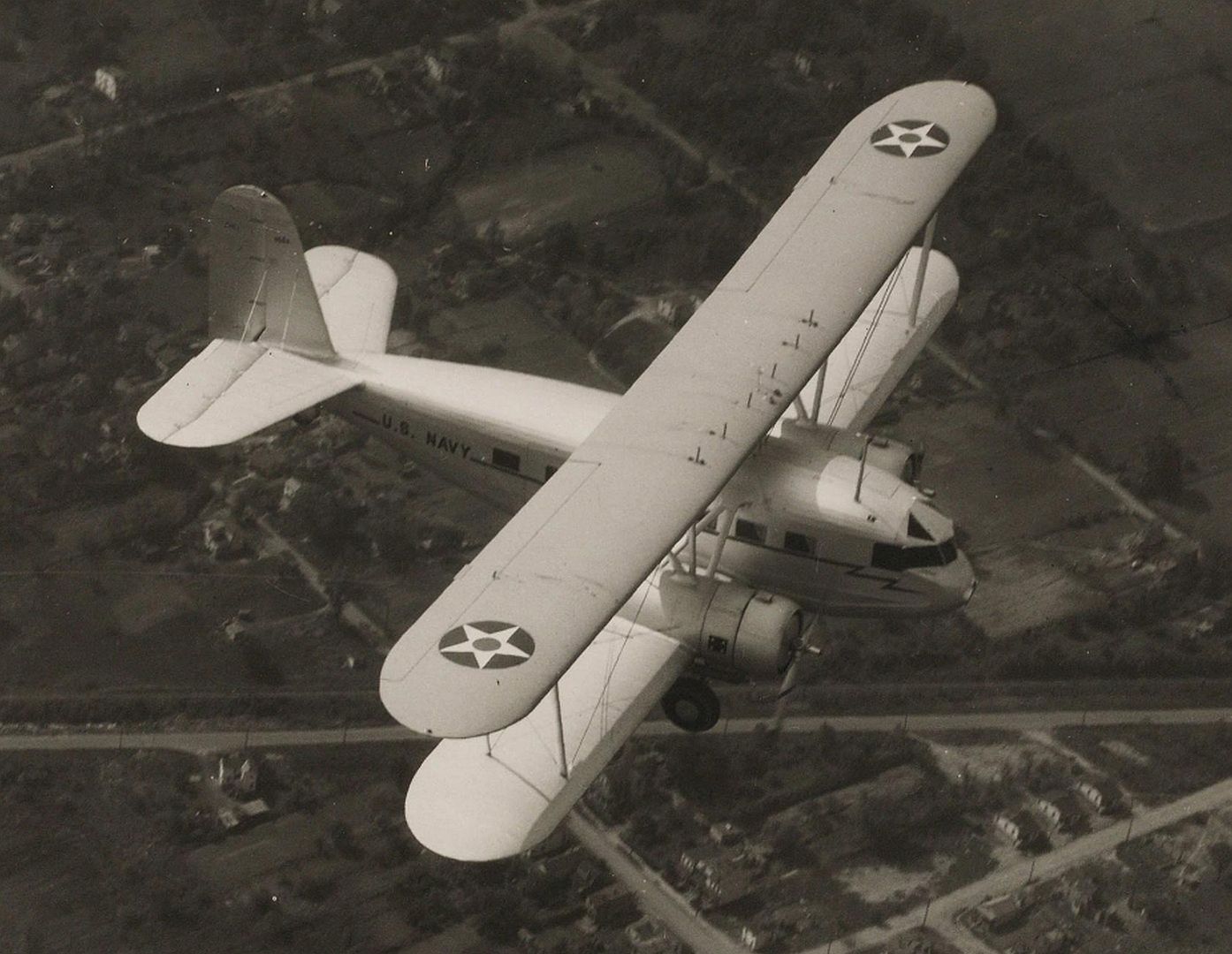
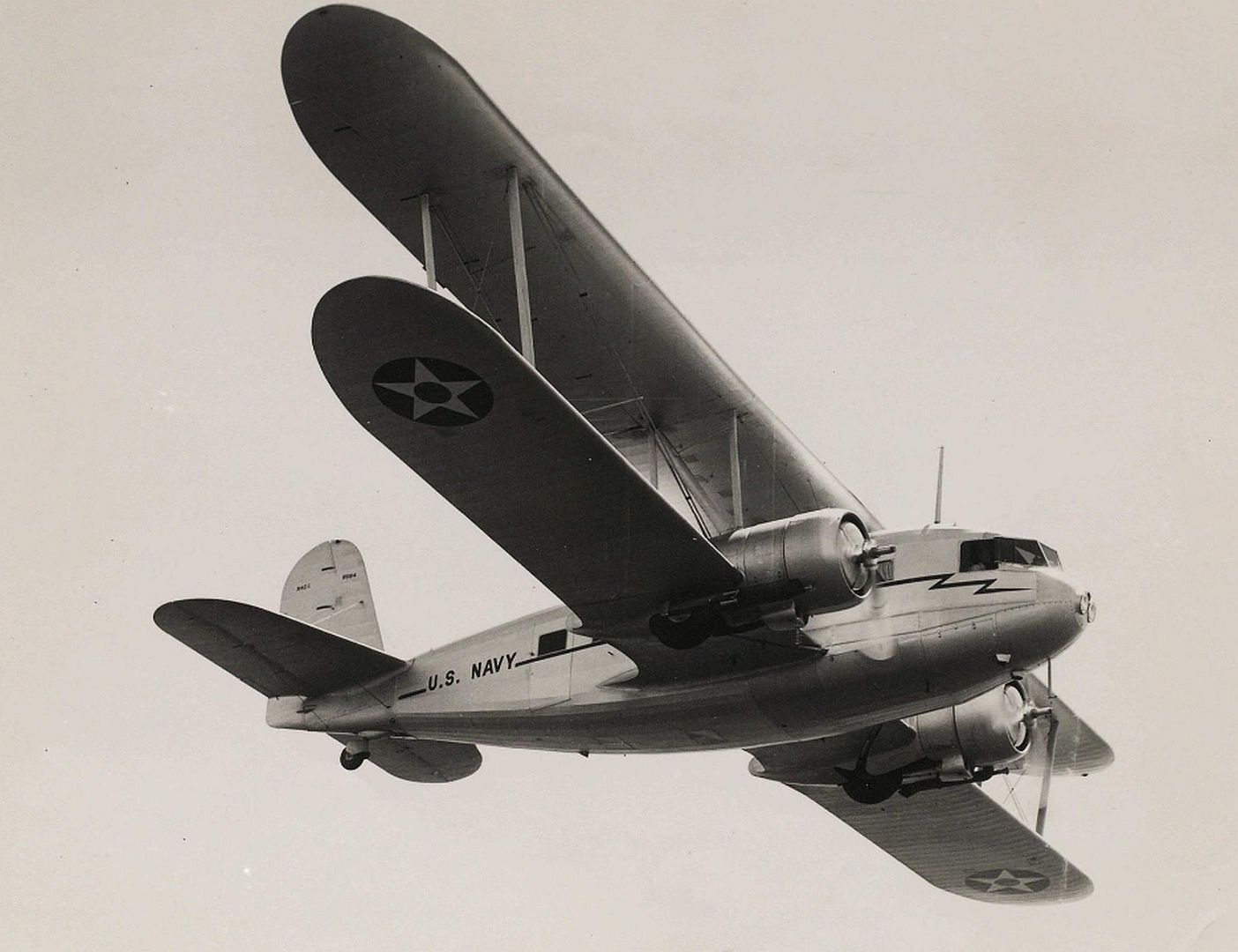
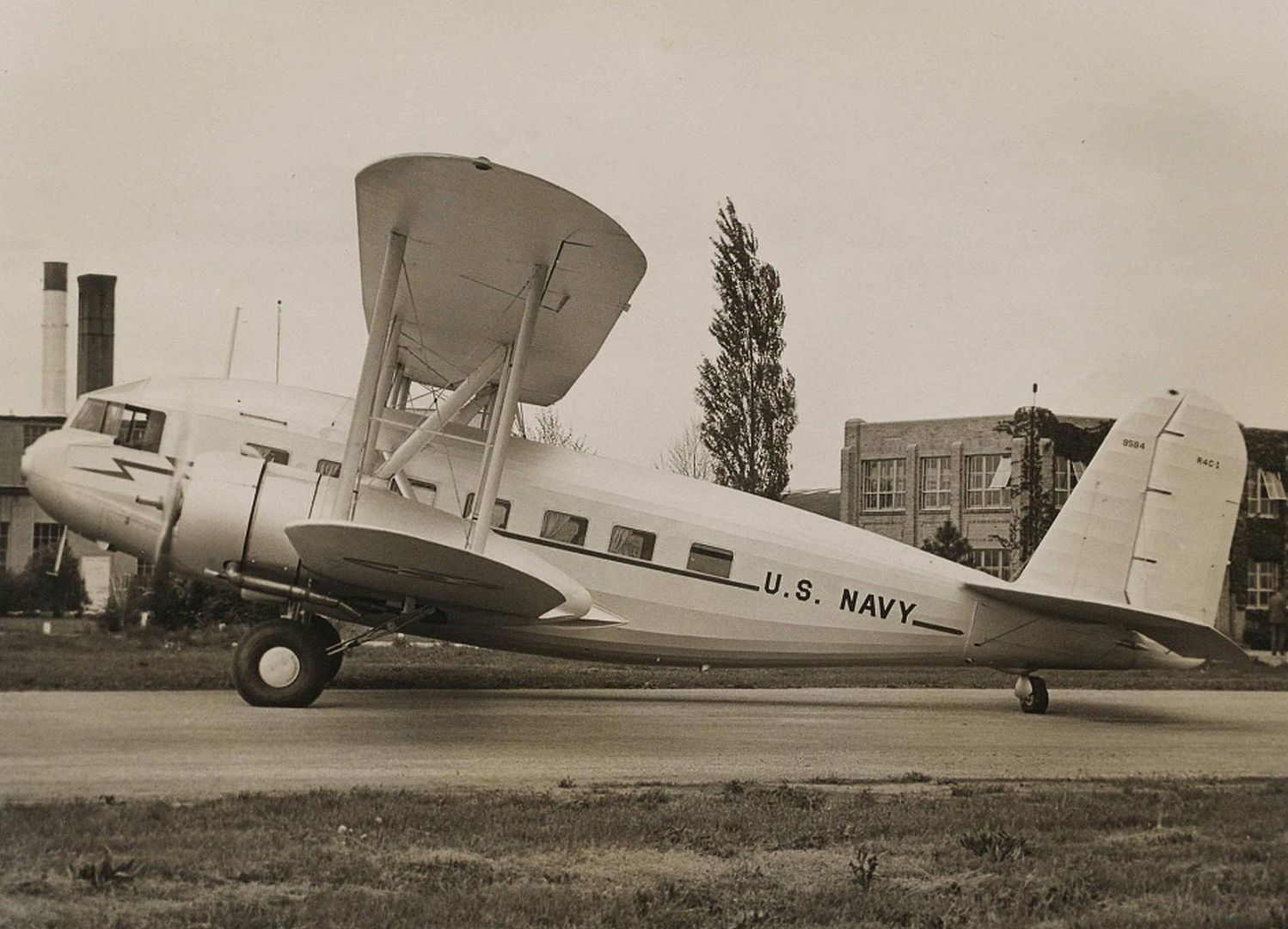
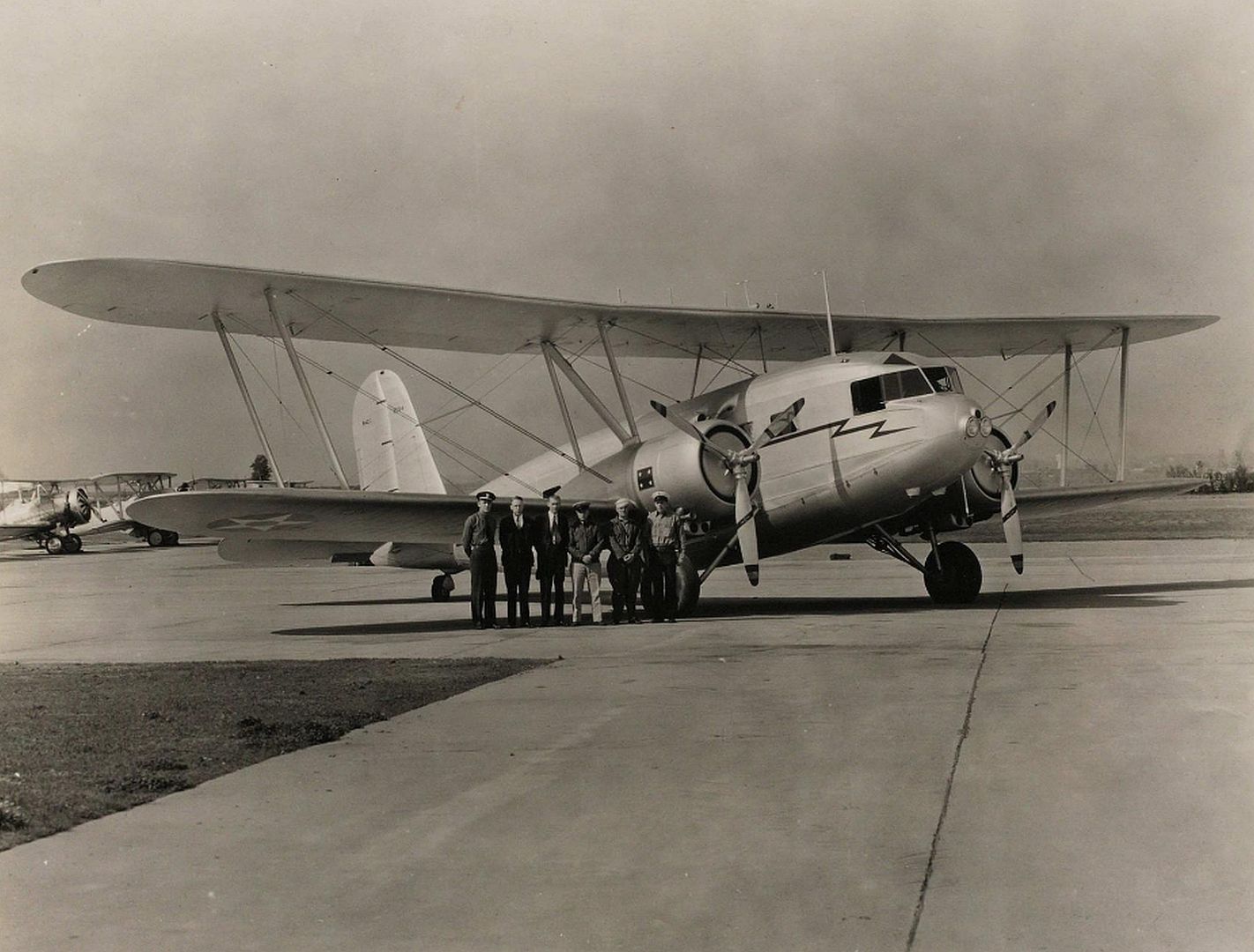
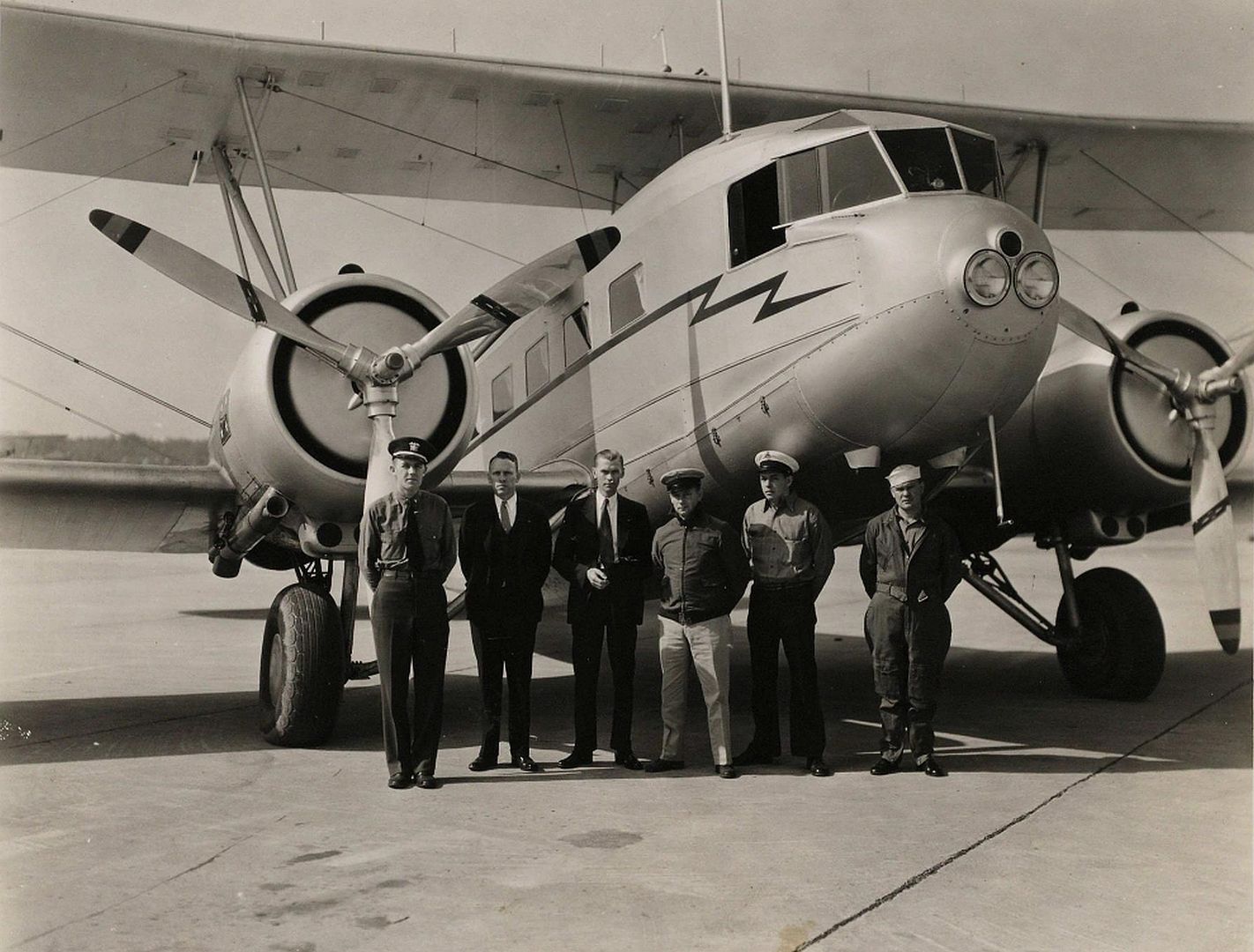
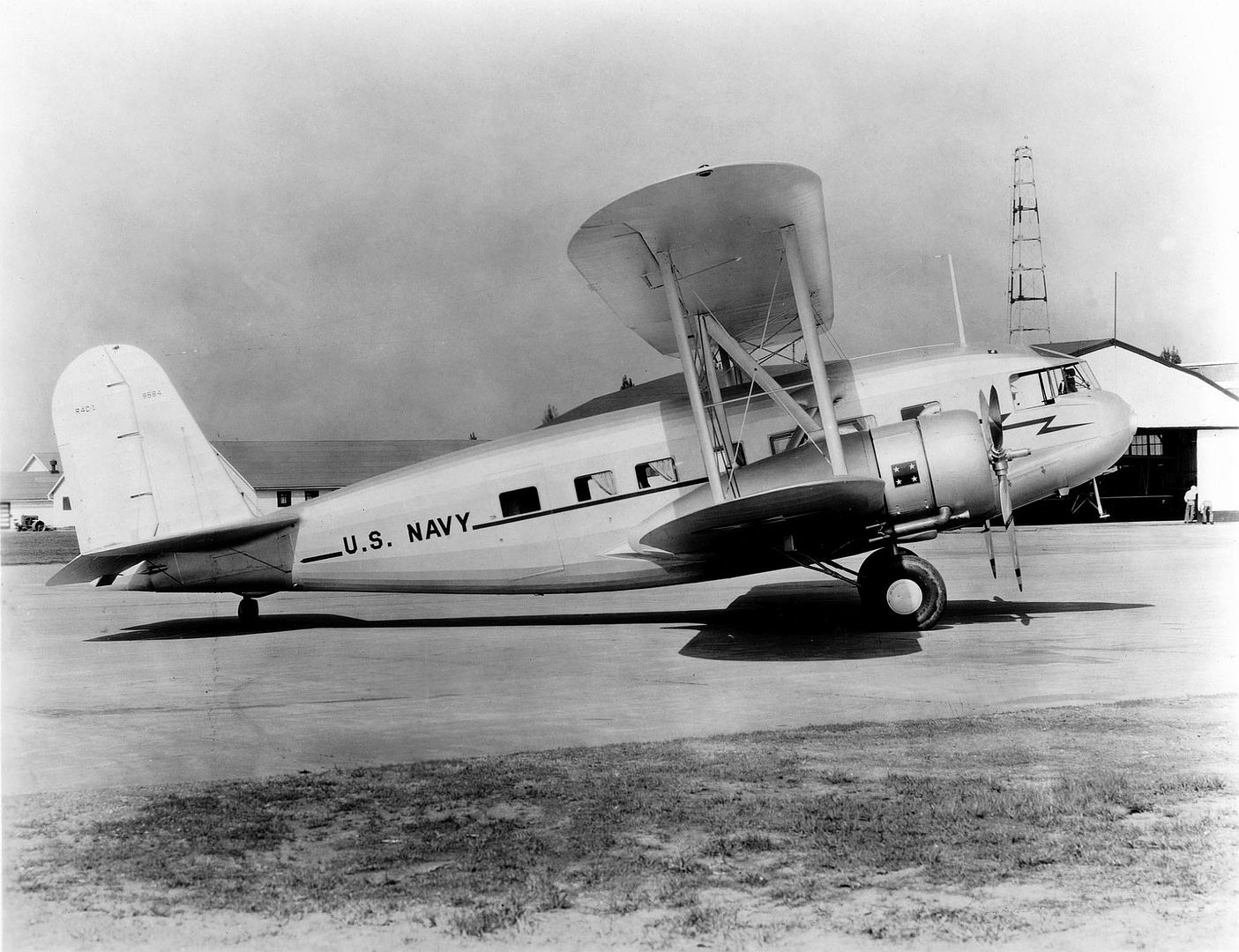
Specifications (AT-32C Condor II)
General characteristics
Crew: 2 flight crew + 1 cabin attendant
Capacity: 15 passengers
Length: 48 ft 7 in (14.81 m)
Wingspan: 82 ft 0 in (24.99 m)
Height: 16 ft 4 in (4.98 m)
Wing area: 1,208 sq ft (112.2 m2)
Airfoil: NACA 2412[5]
Empty weight: 12,235 lb (5,550 kg)
Gross weight: 17,500 lb (7,938 kg)
Powerplant: 2 × Wright SGR-1820-F2 Cyclone 9-cylinder air-cooled radial piston engines, 720 hp (540 kW) each at 4,000 ft (1,200 m)
Propellers: 3-bladed controllable-pitch propellers
Performance
Maximum speed: 190 mph (310 km/h, 170 kn)
Cruise speed: 167 mph (269 km/h, 145 kn)
Range: 716 mi (1,152 km, 622 nmi)
Service ceiling: 23,000 ft (7,000 m)
Rate of climb: 1,200 ft/min (6.1 m/s)
Post a reply
- Go to Previous topic
- Go to Next topic
- Go to Welcome
- Go to Introduce Yourself
- Go to General Discussion
- Go to Screenshots, Images and Videos
- Go to Off topic
- Go to Works in Progress
- Go to Skinning Tips / Tutorials
- Go to Skin Requests
- Go to IJAAF Library
- Go to Luftwaffe Library
- Go to RAF Library
- Go to USAAF / USN Library
- Go to Misc Library
- Go to The Ops Room
- Go to Made in Germany
- Go to Campaigns and Missions
- Go to Works in Progress
- Go to Juri's Air-Raid Shelter
- Go to Campaigns and Missions
- Go to Works in Progress
- Go to Skinpacks
- Go to External Projects Discussion
- Go to Books & Resources
